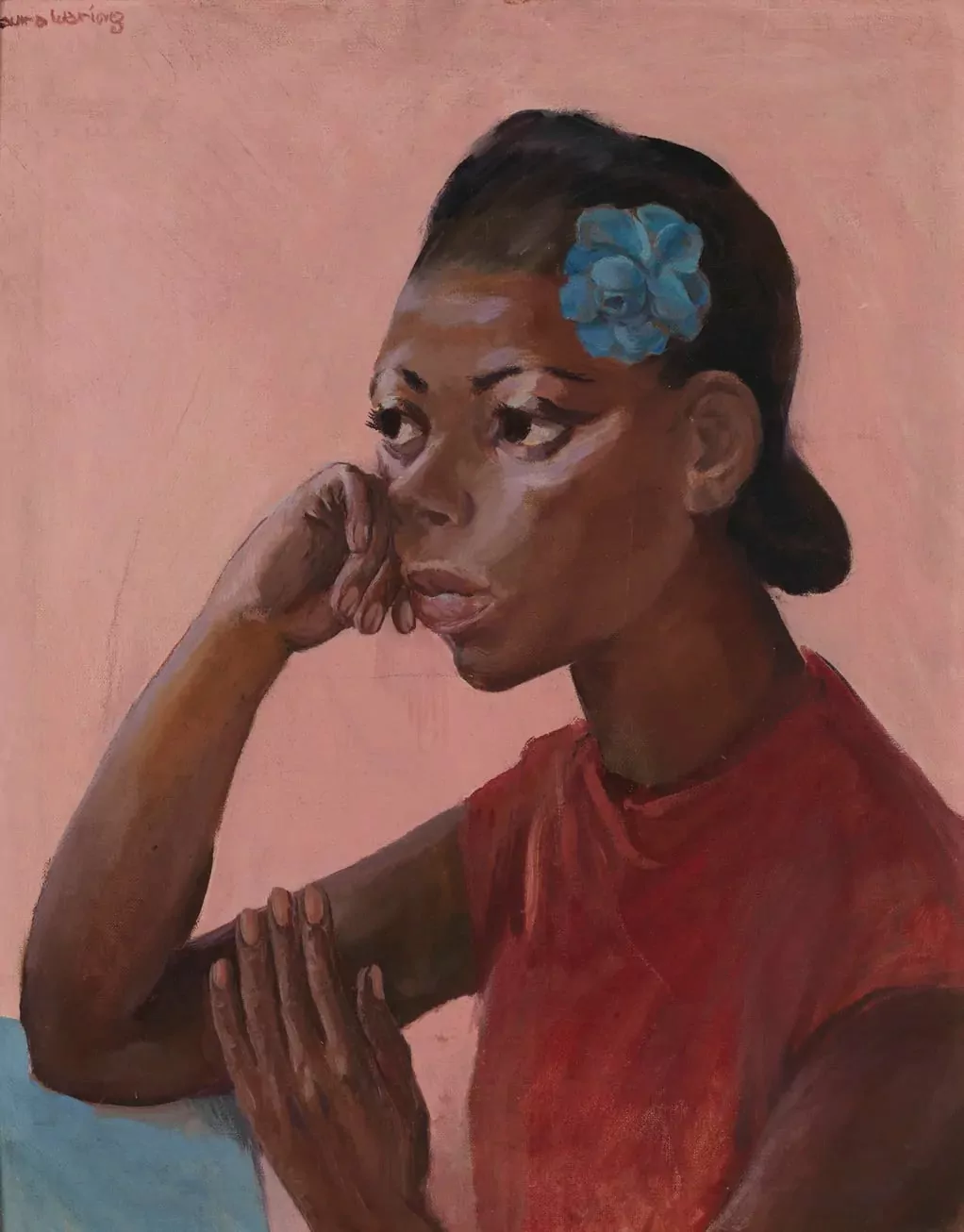
The Study of a Student Laura Wheeler Waring, 1940
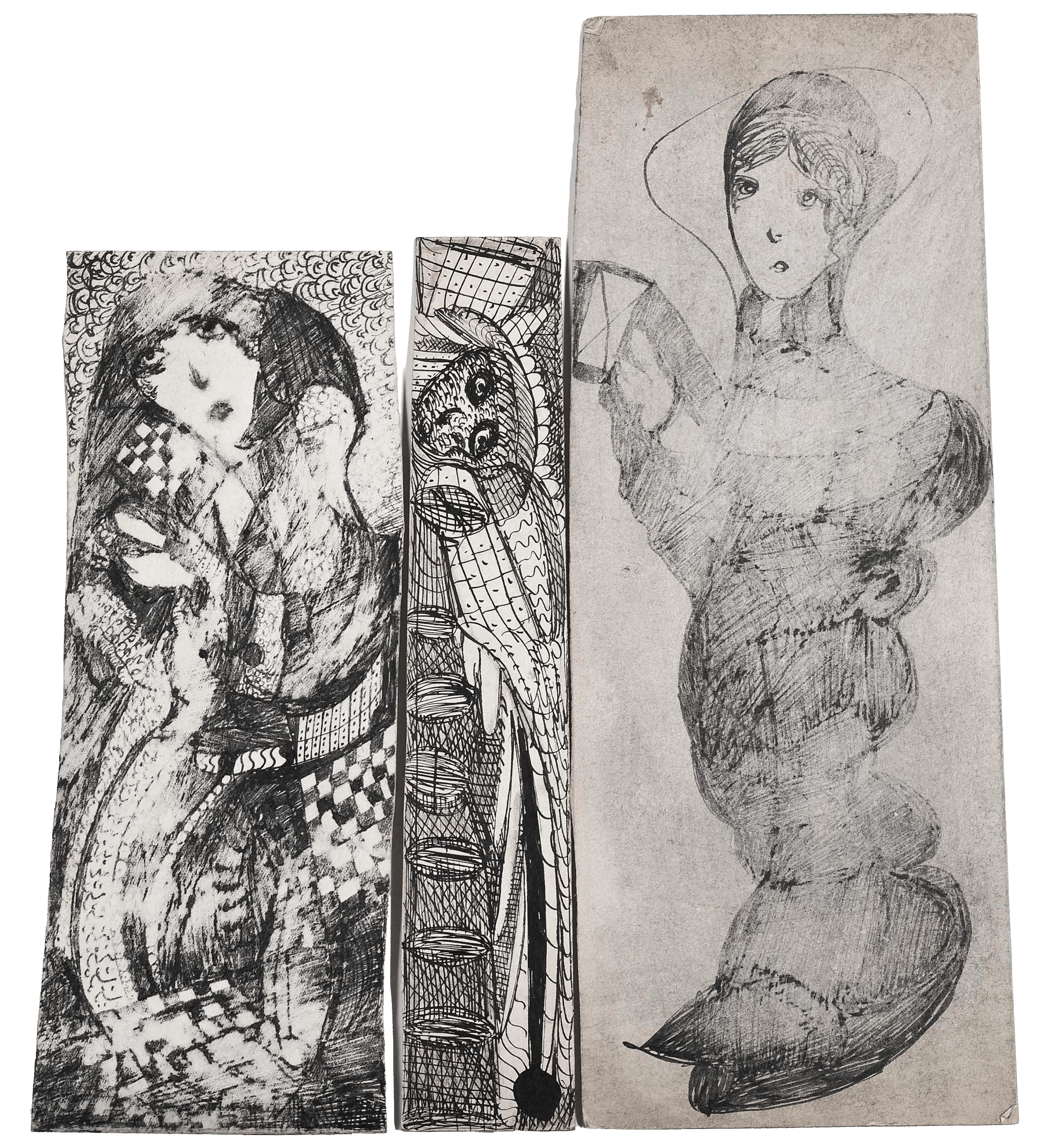
Three female figures Madge Gill, 1940
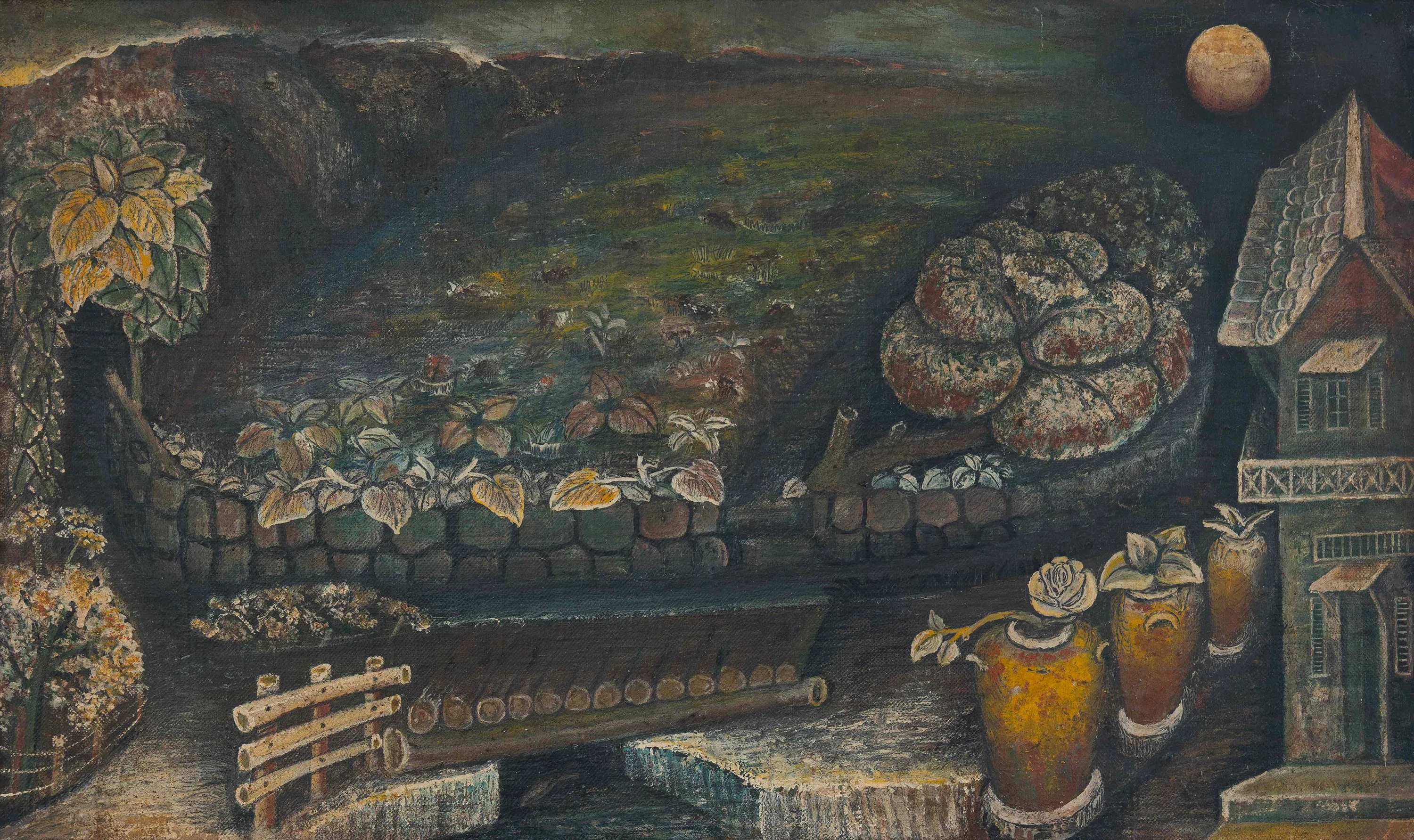
Three Spanish Jars John Dunkley, 1940
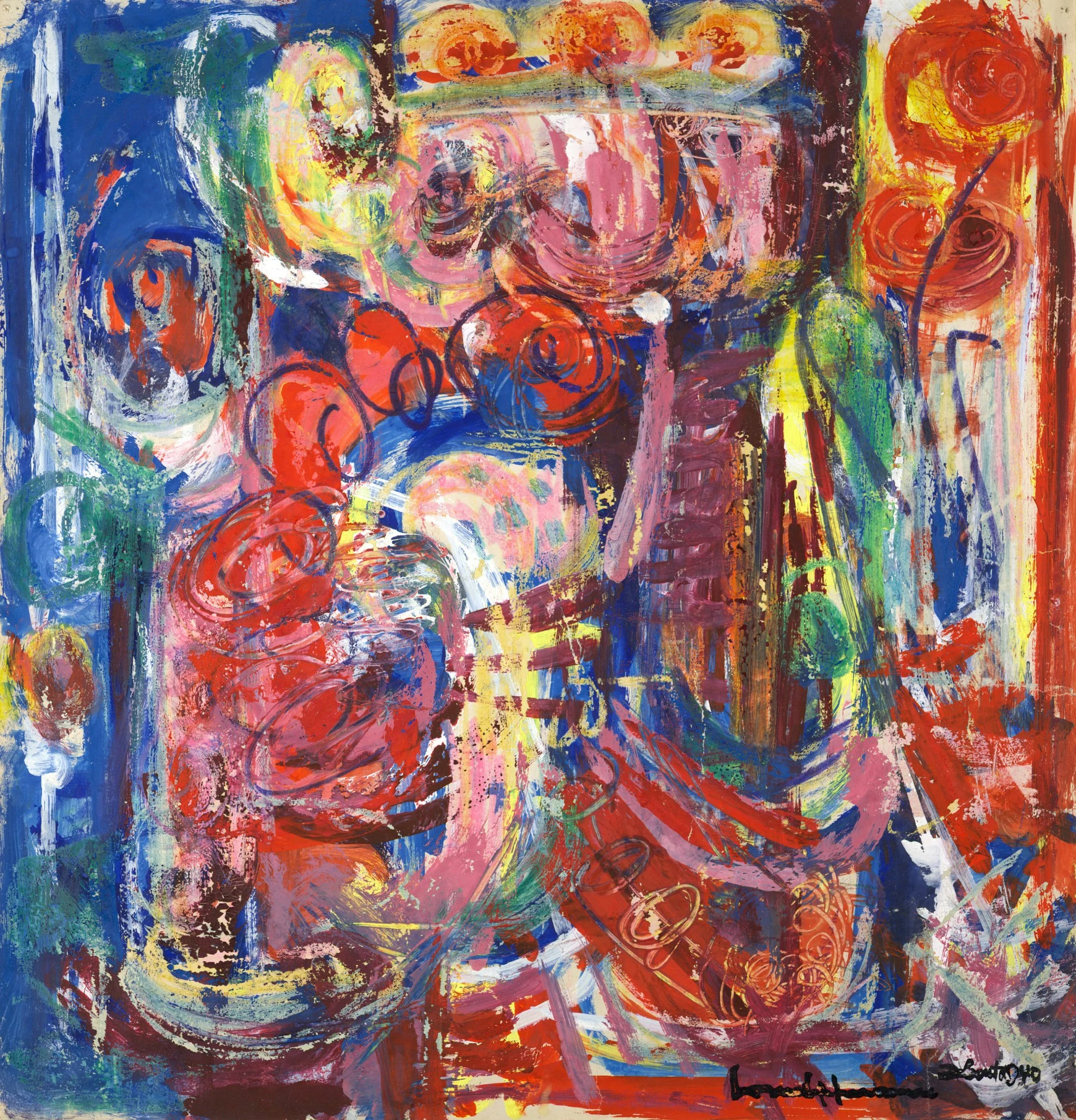
Untitled Hans Hofmann, 1940
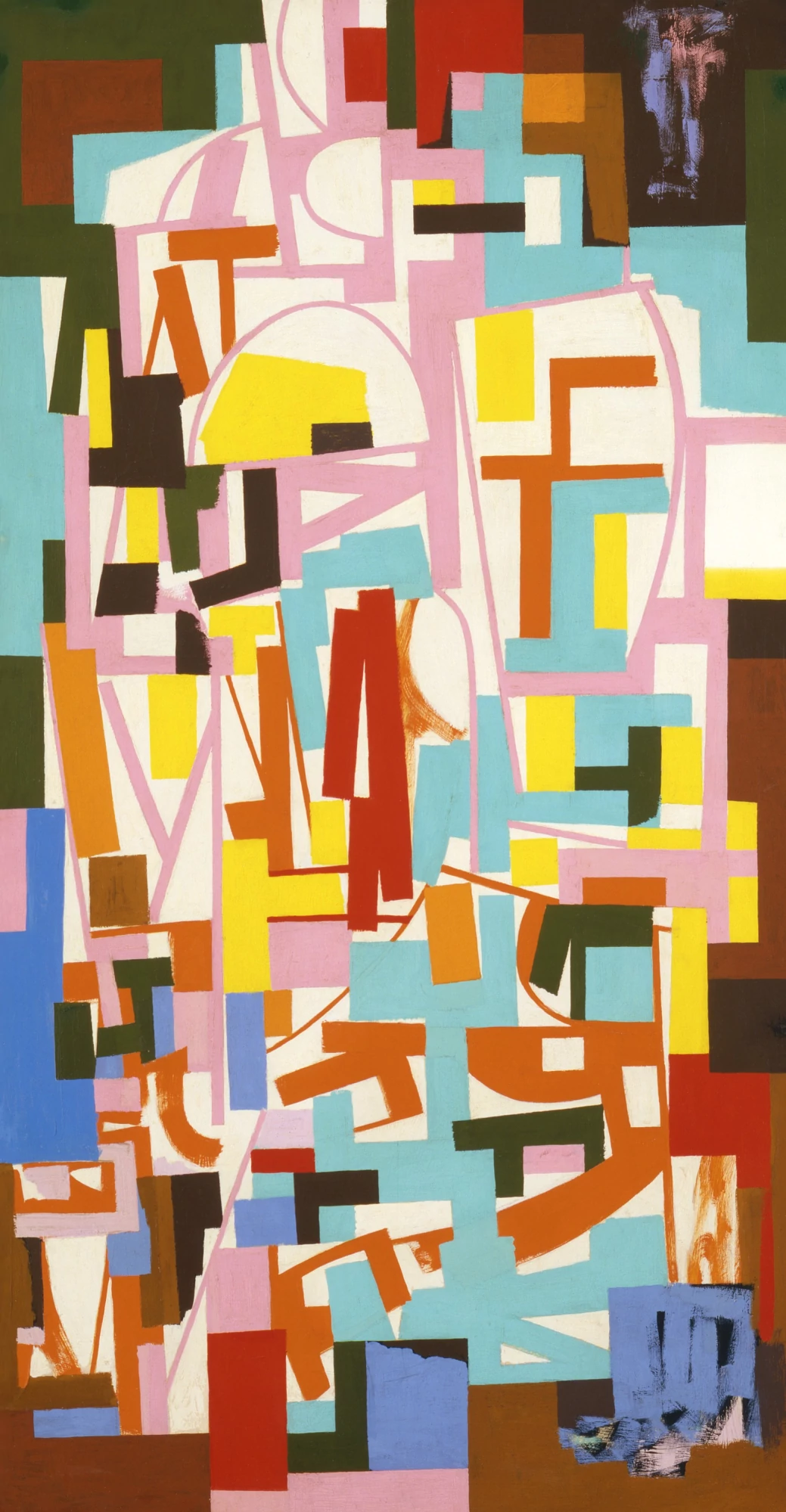
Untitled Ad Reinhardt, 1940
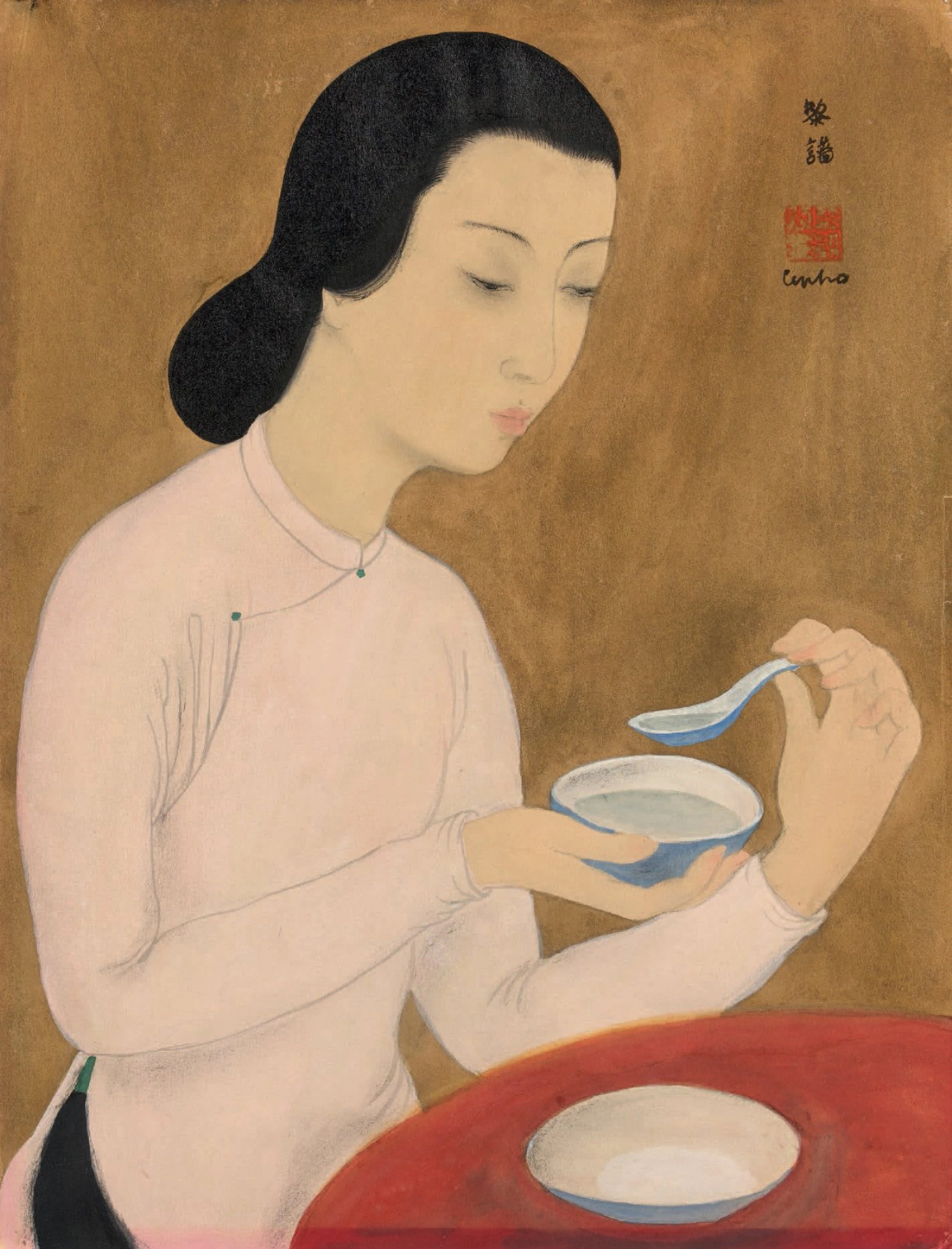
Woman with a blue bowl Lê Phổ, 1940
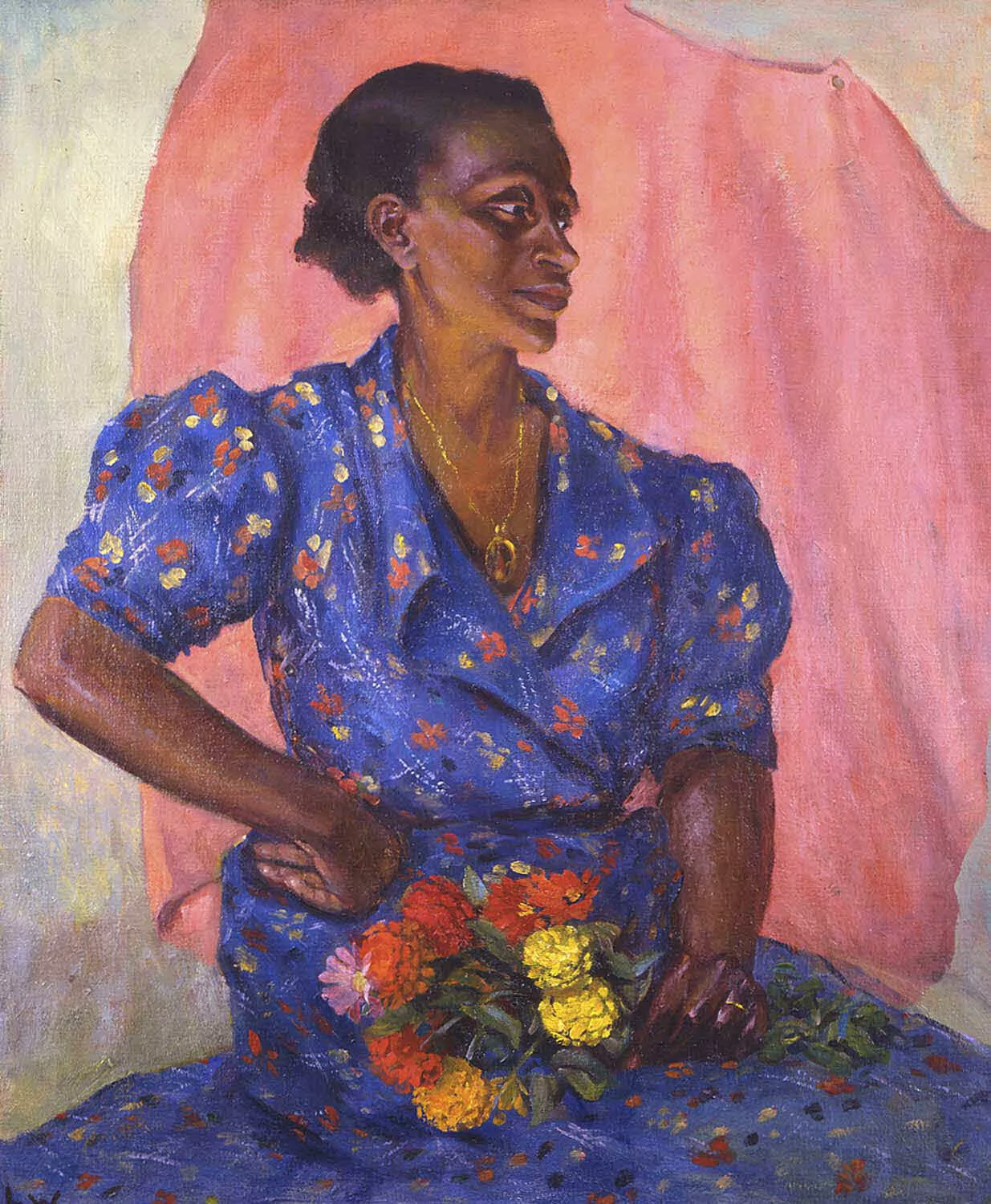
Woman with Bouquet Laura Wheeler Waring, 1940
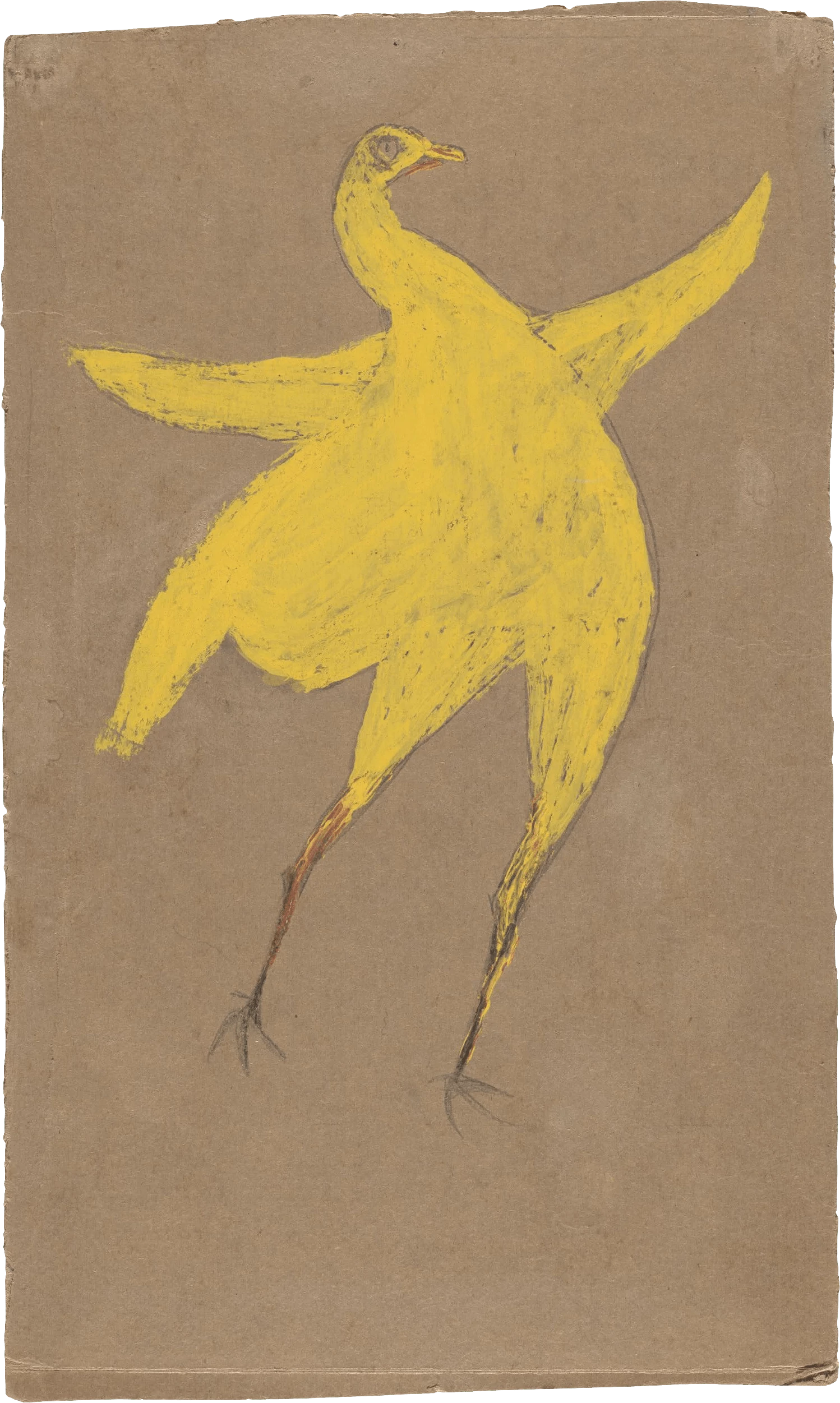
Yellow Chicken Bill Traylor, 1939 – 1940
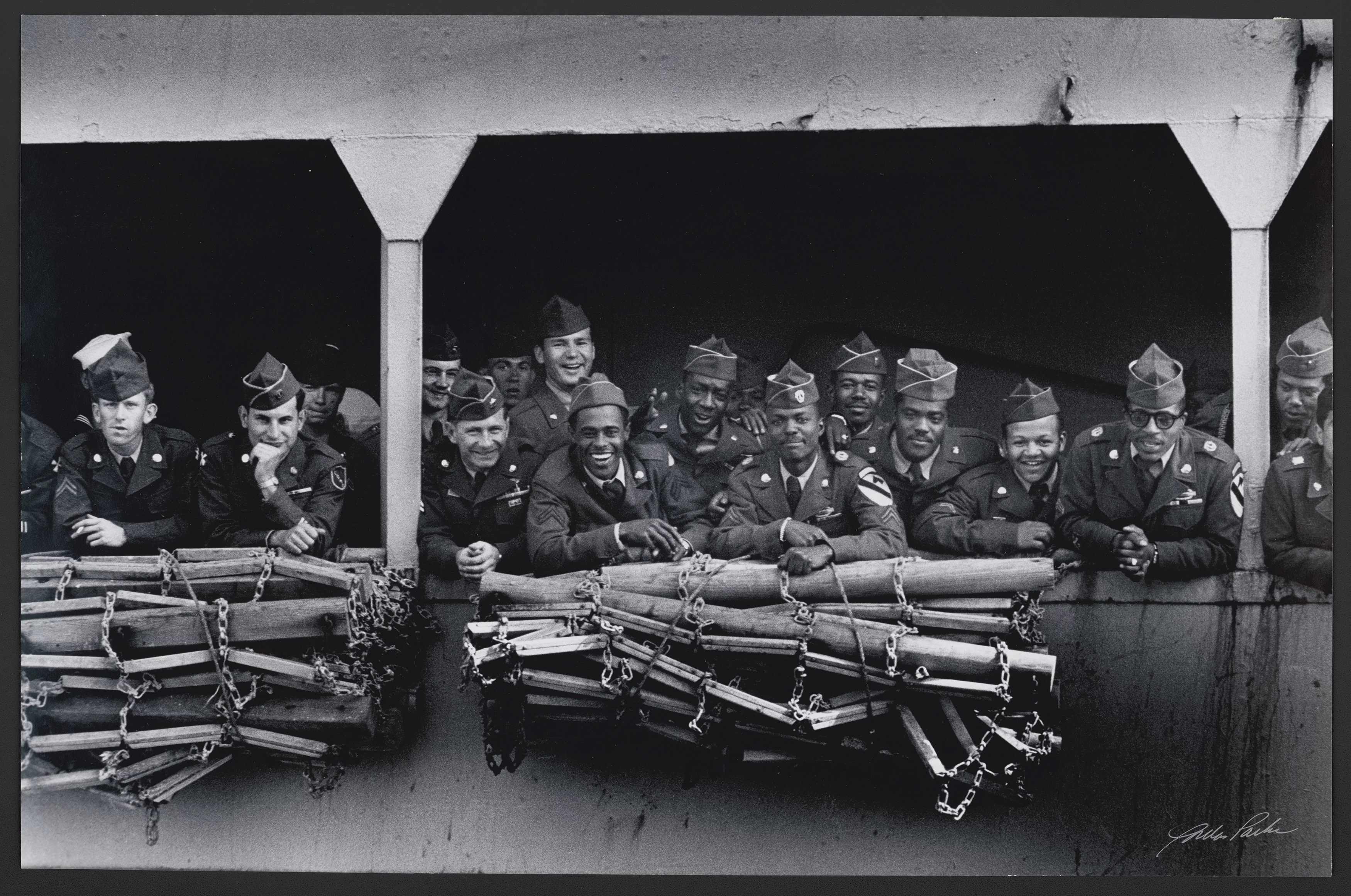
African American and White Soldiers aboard A Ship Gordon Parks, 1941
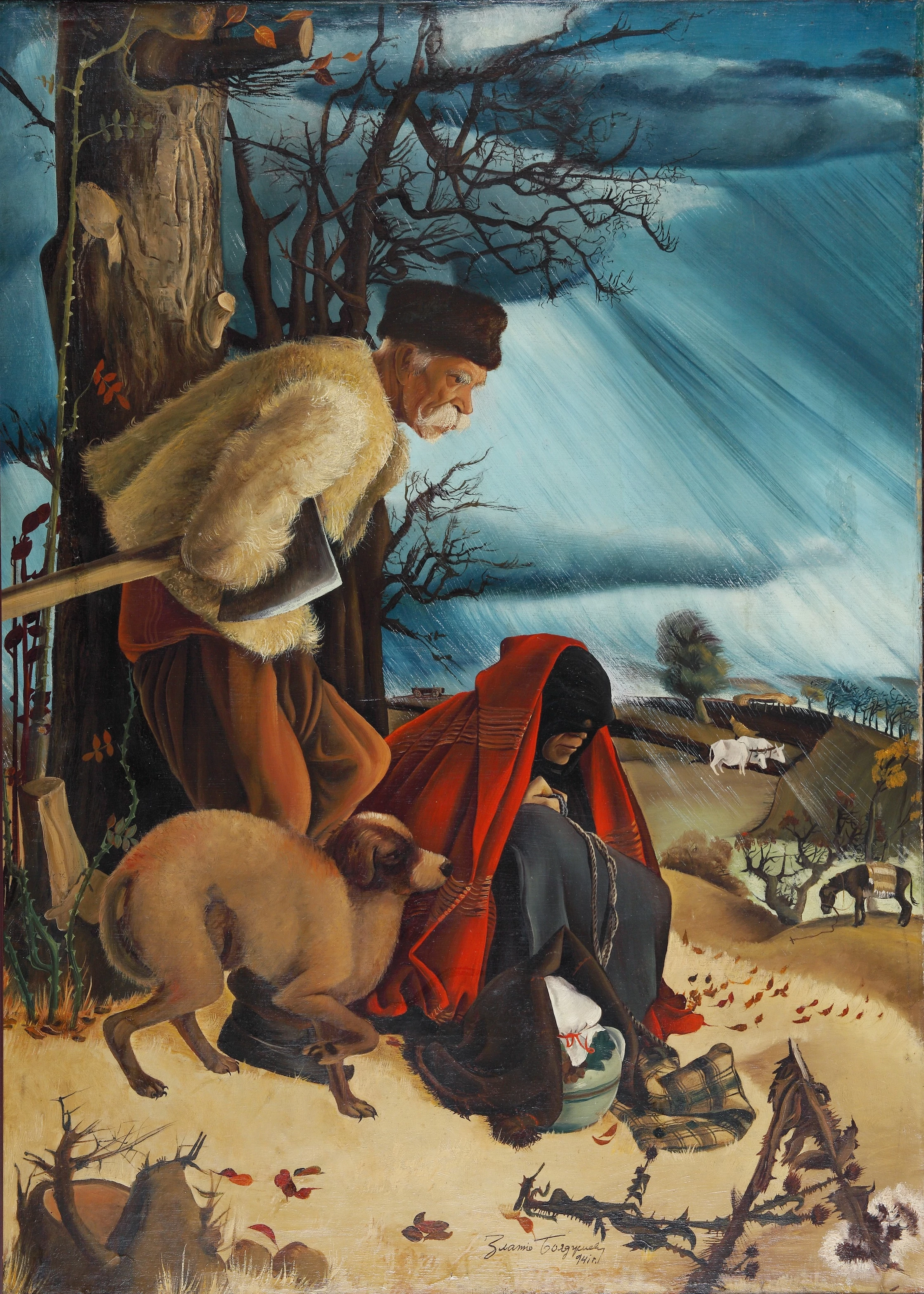
Autumn Zlatyu Boyadzhiev, 1941
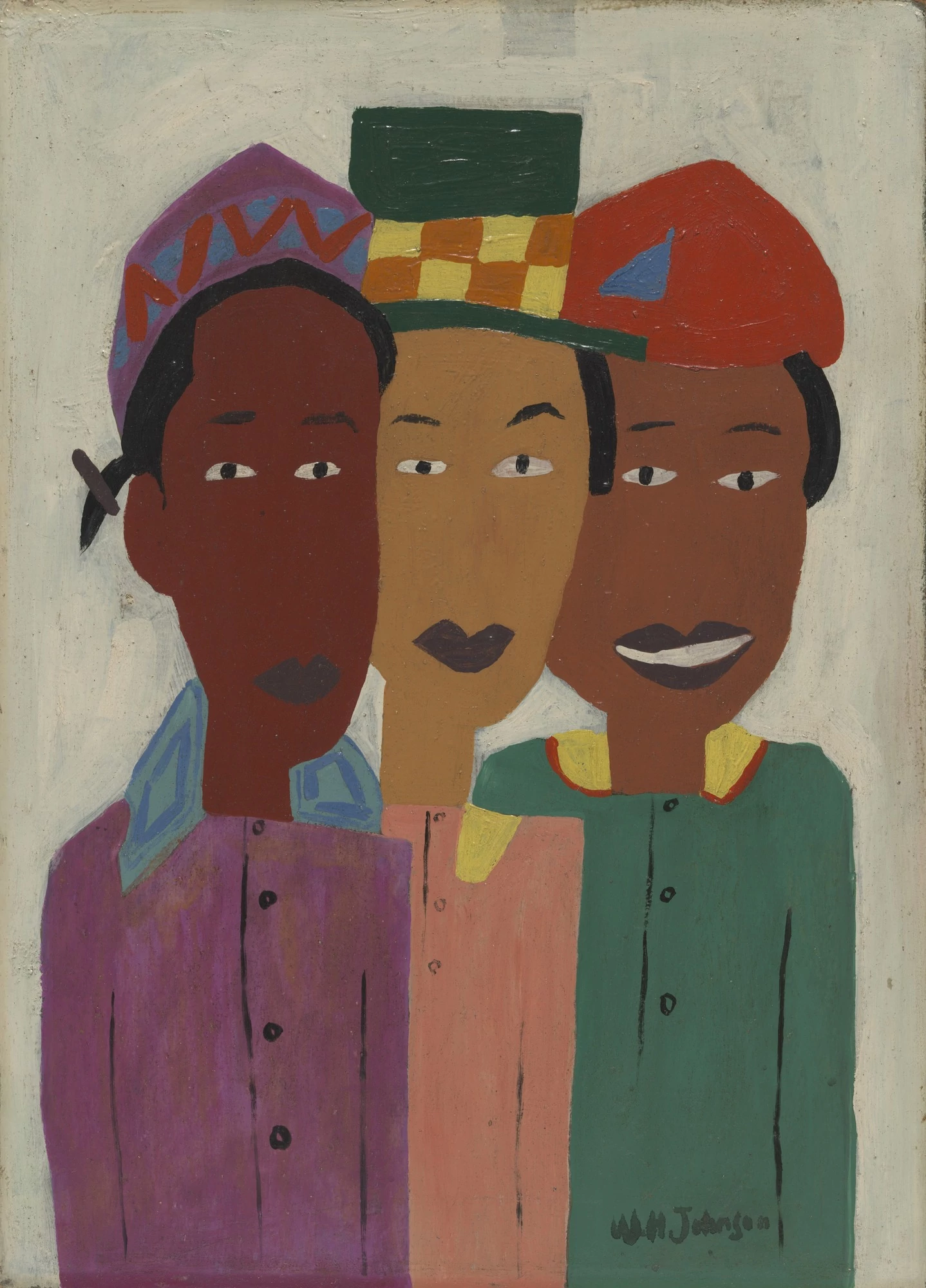
Children William H. Johnson, 1941
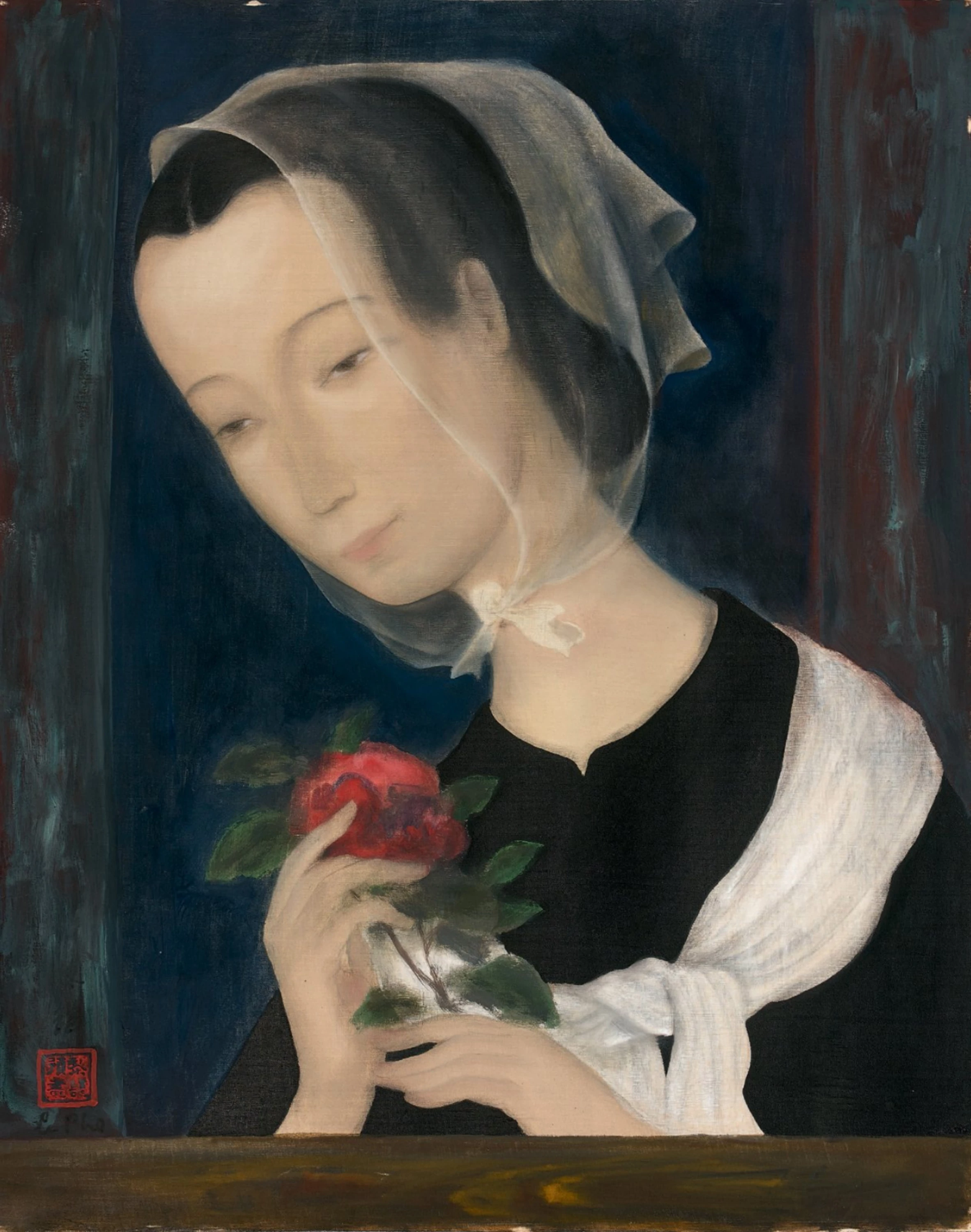
Girl with a rose Lê Phổ, 1941
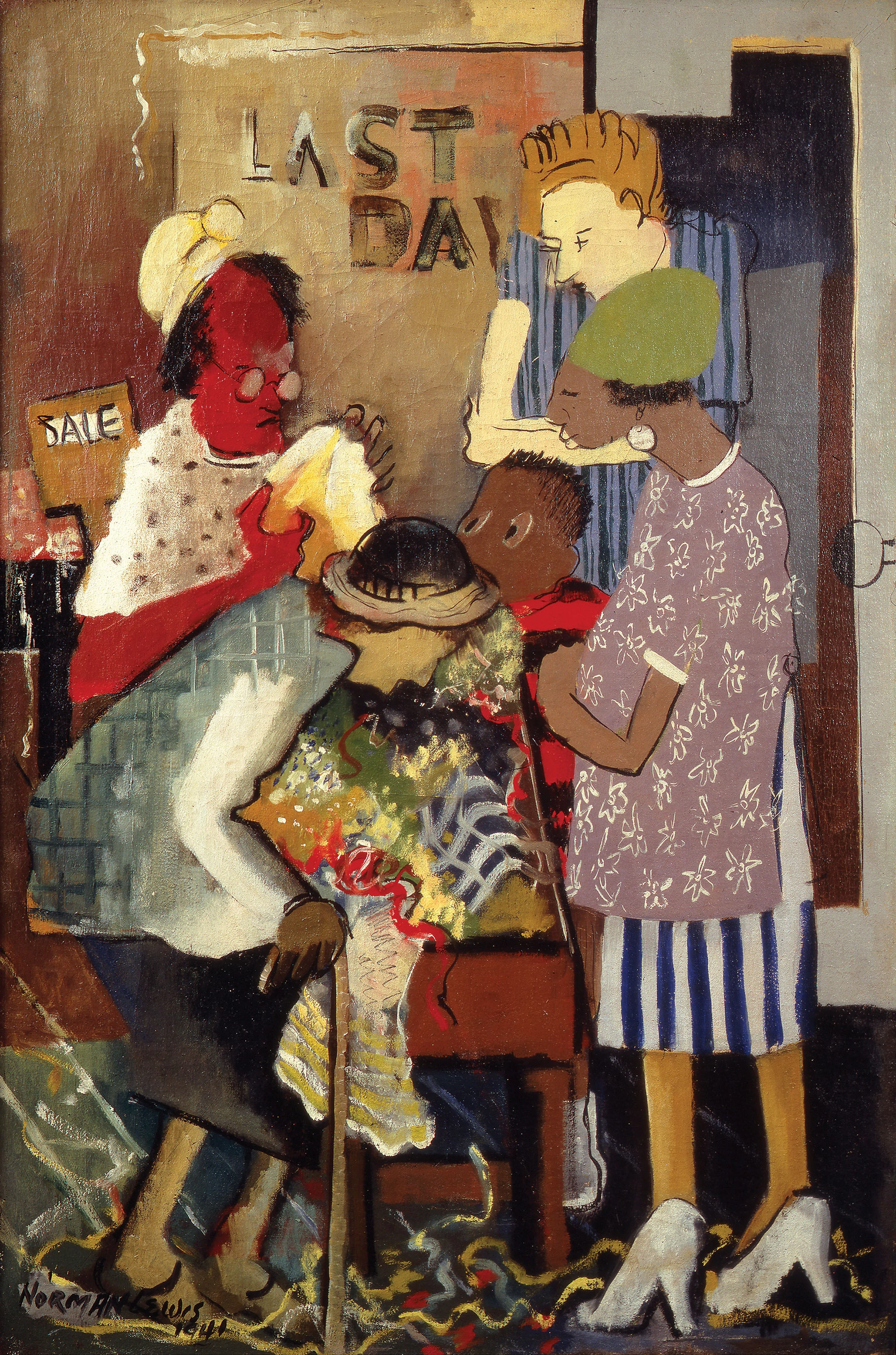
Meeting Place Norman Lewis, 1941
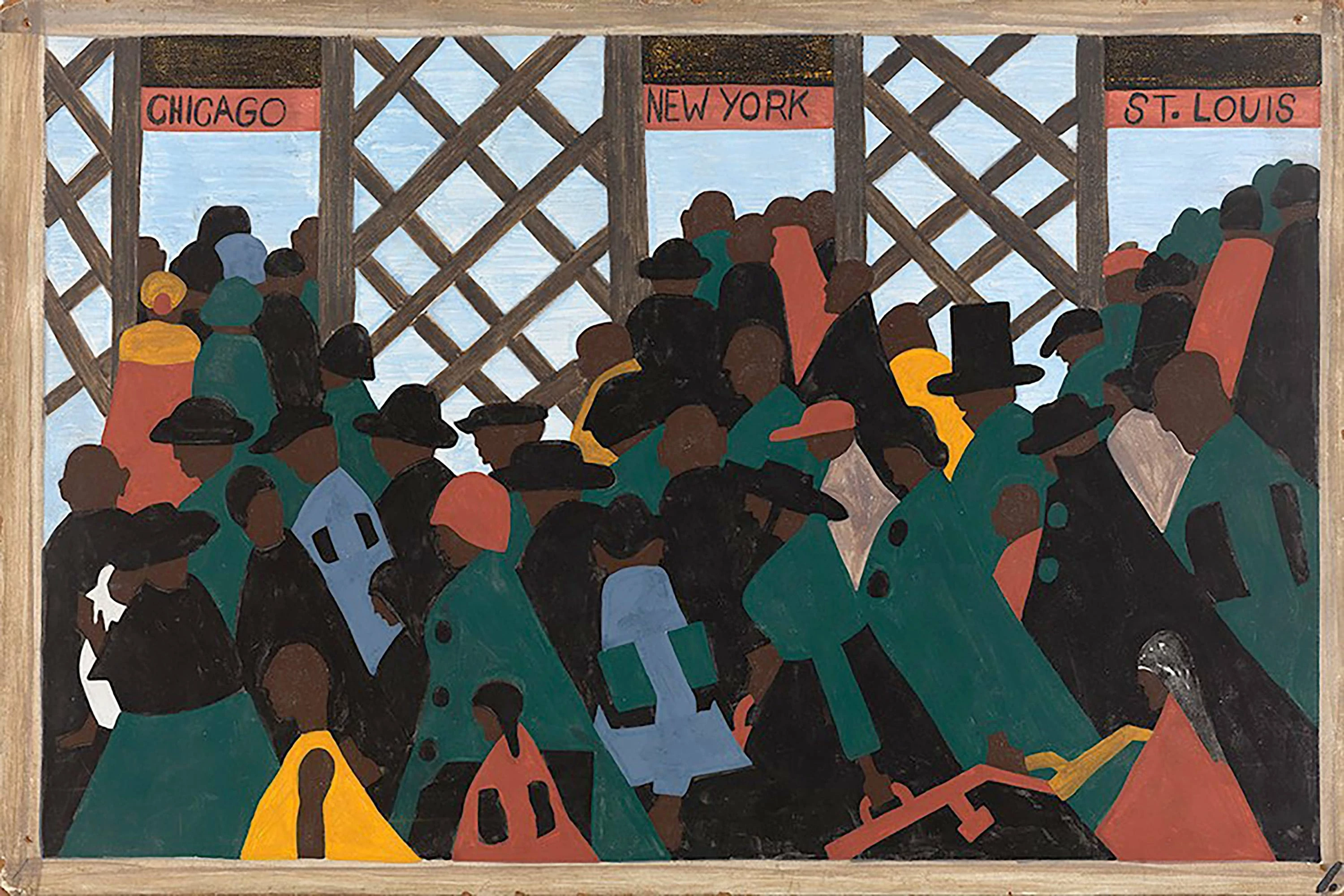
Migration Series No.1: During World War I there was a great migration north by southern African Americans Jacob Lawrence, 1940 – 1941
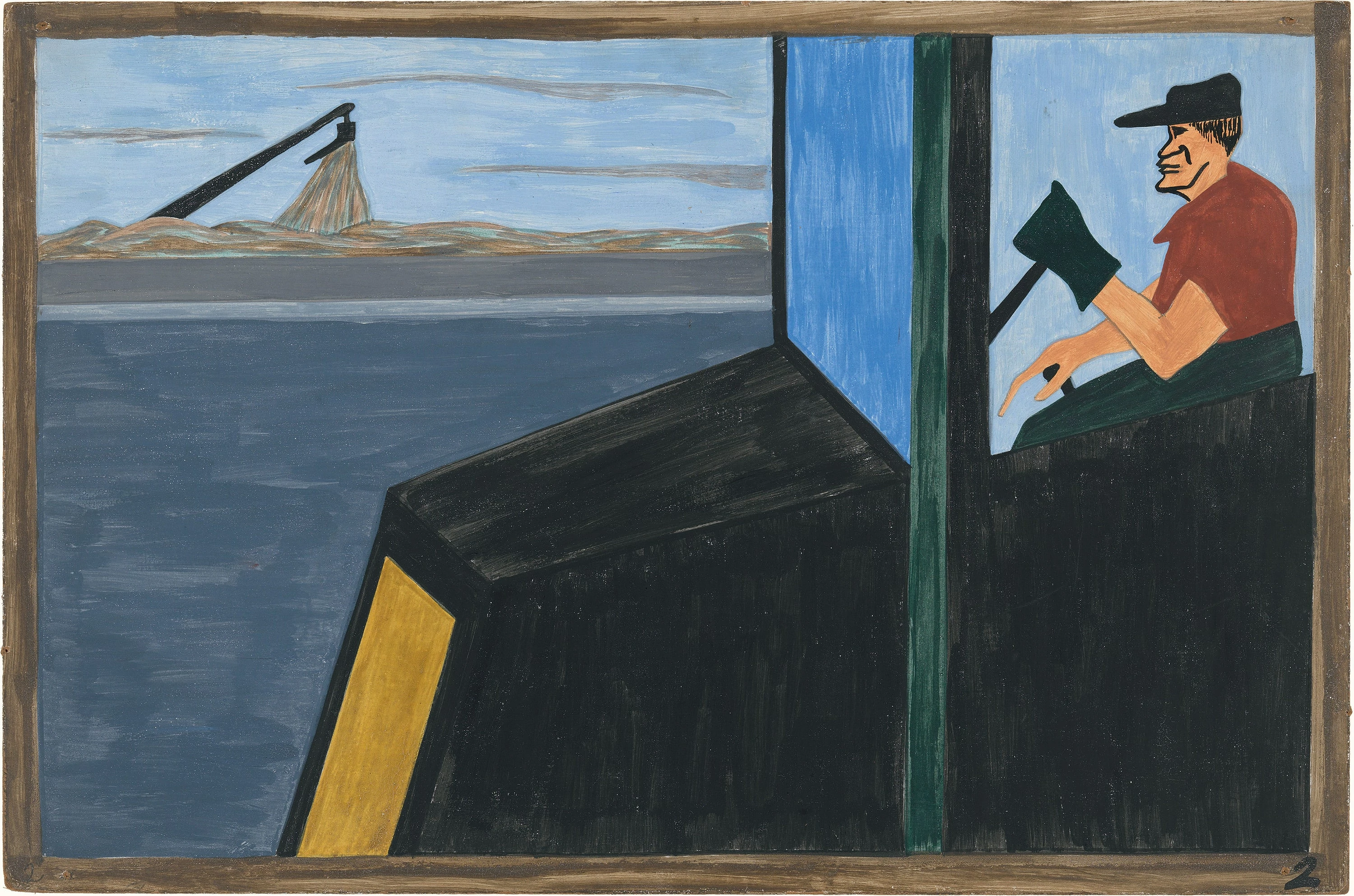
Migration Series No.2: The war had caused a labor shortage in northern industry. Citizens of foreign countries were returning to their native lands Jacob Lawrence, 1940 – 1941
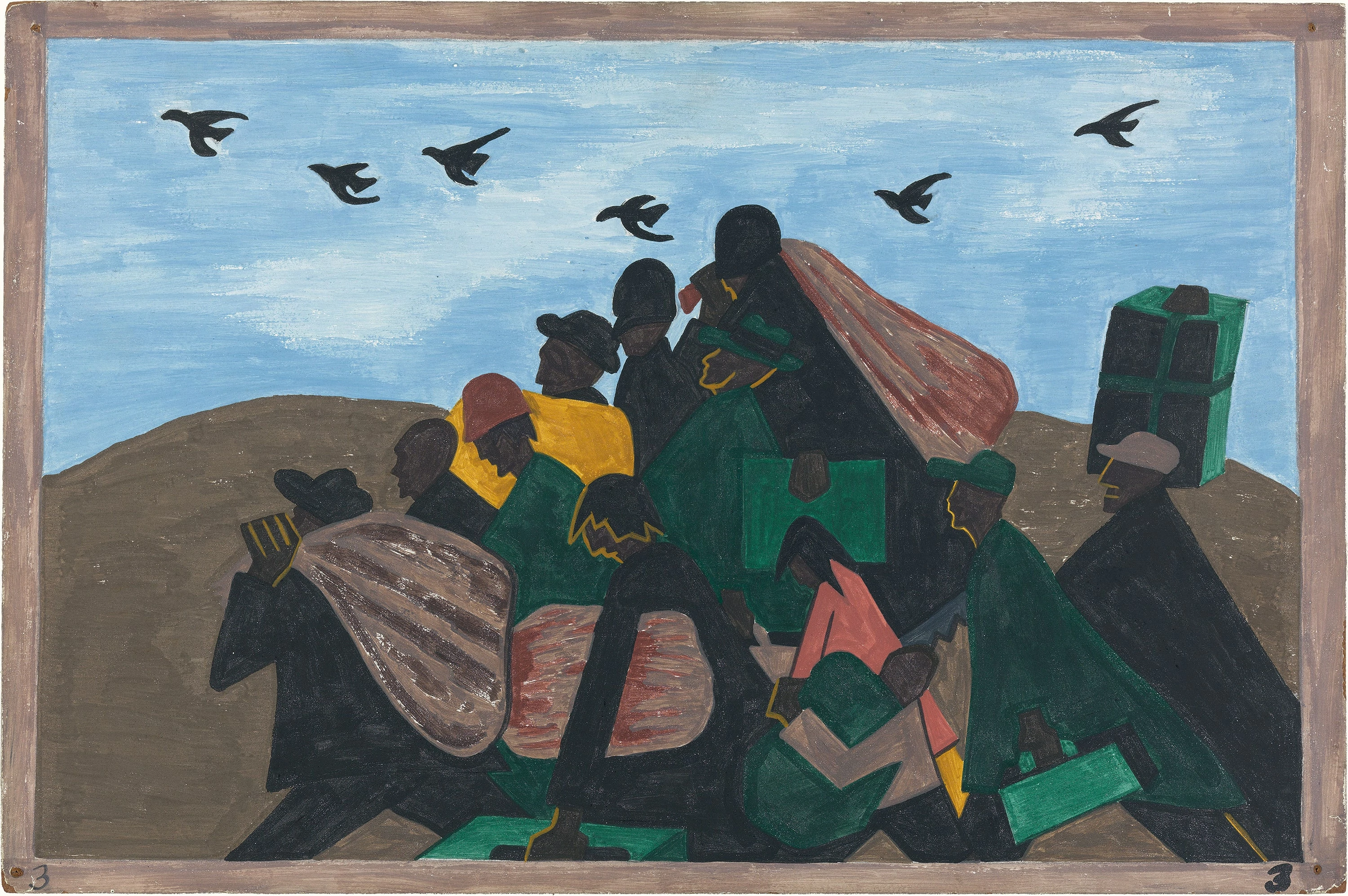
Migration Series No.3: From every southern town migrants left by the hundreds to travel north Jacob Lawrence, 1940 – 1941
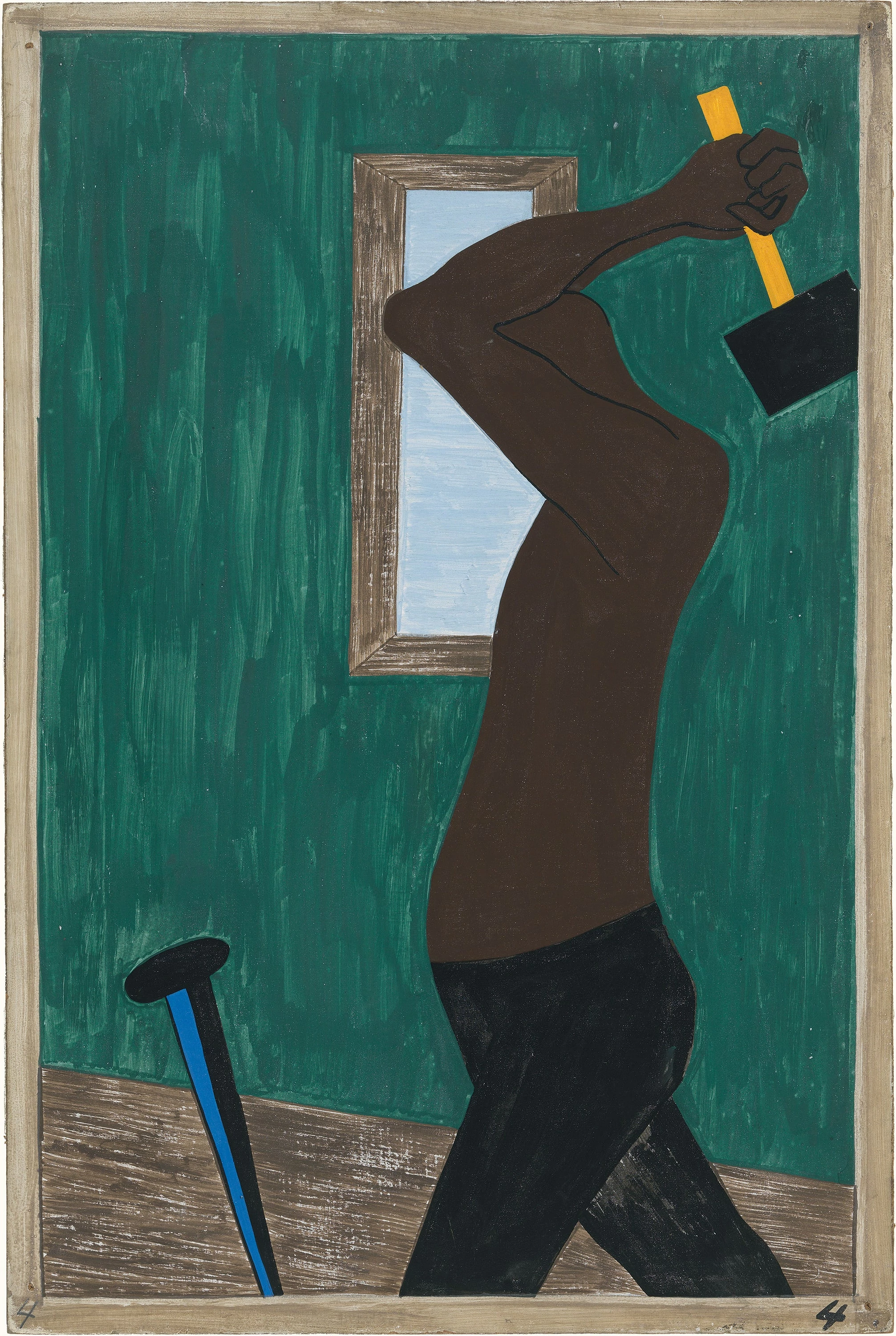
Migration Series No.4: All other sources of labor having been exhausted, the migrants were the last resource Jacob Lawrence, 1940 – 1941
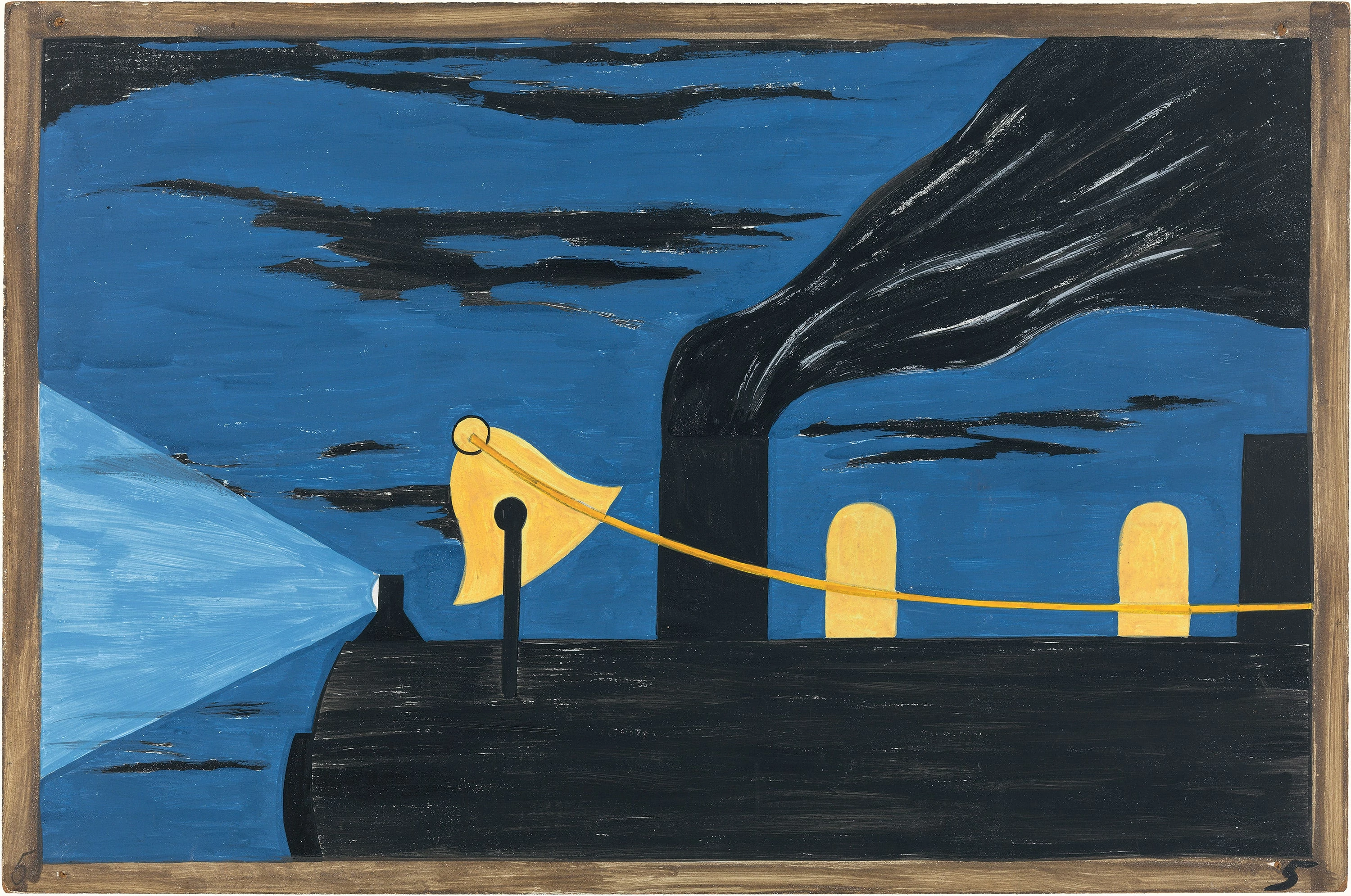
Migration Series No.5: Migrants were advanced passage on the railroads, paid for by northern industry. Northern industry was to be repaid by the migrants out of their future wages Jacob Lawrence, 1940 – 1941
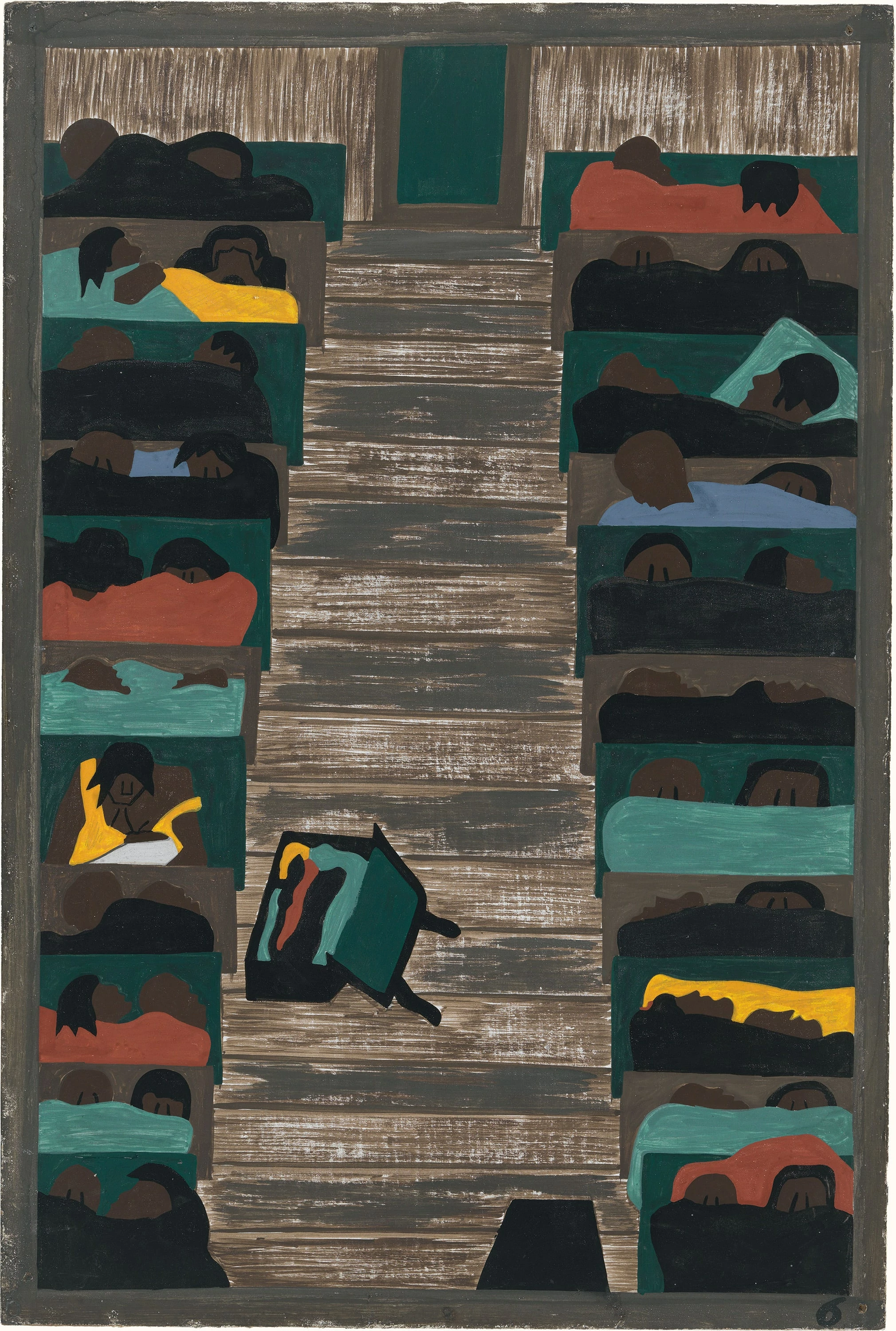
Migration Series No.6: The trains were crowded with migrants Jacob Lawrence, 1940 – 1941
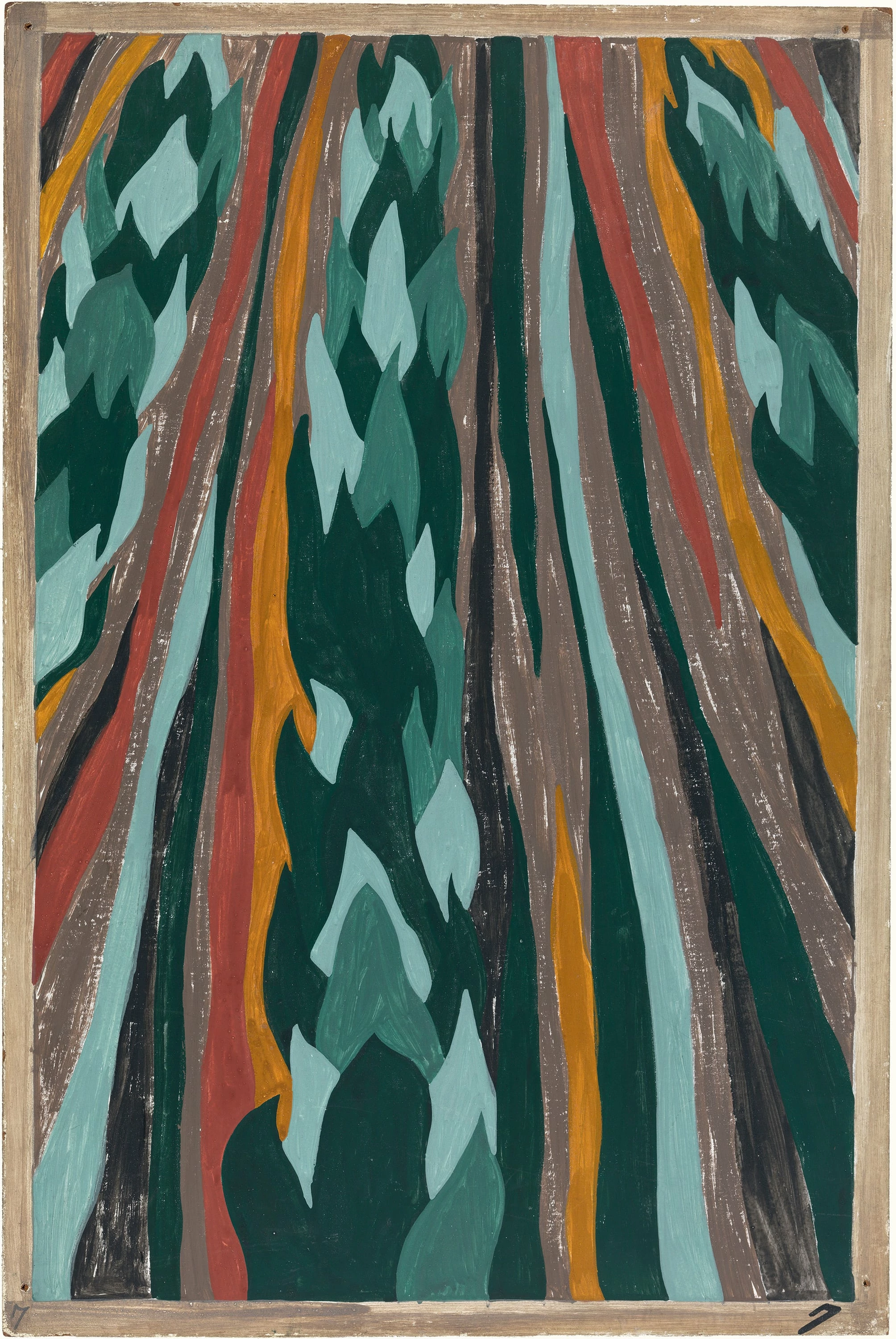
Migration Series No.7: The migrant, whose life had been rural and nurtured by the earth, was now moving to urban life dependent on industrial machinery Jacob Lawrence, 1940 – 1941
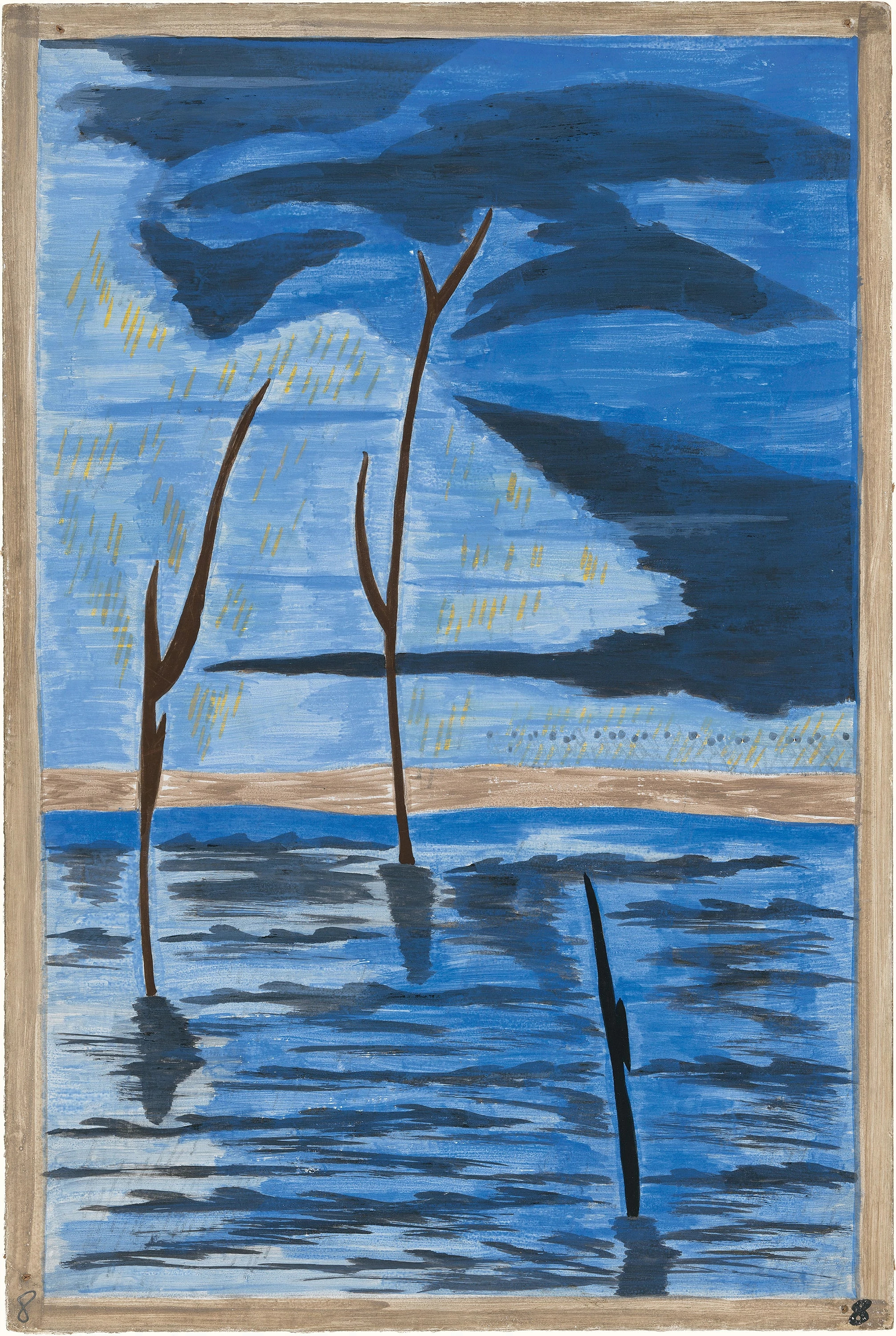
Migration Series No.8: Some left because of promises of work in the North. Others left because their farms had been devastated by floods Jacob Lawrence, 1940 – 1941
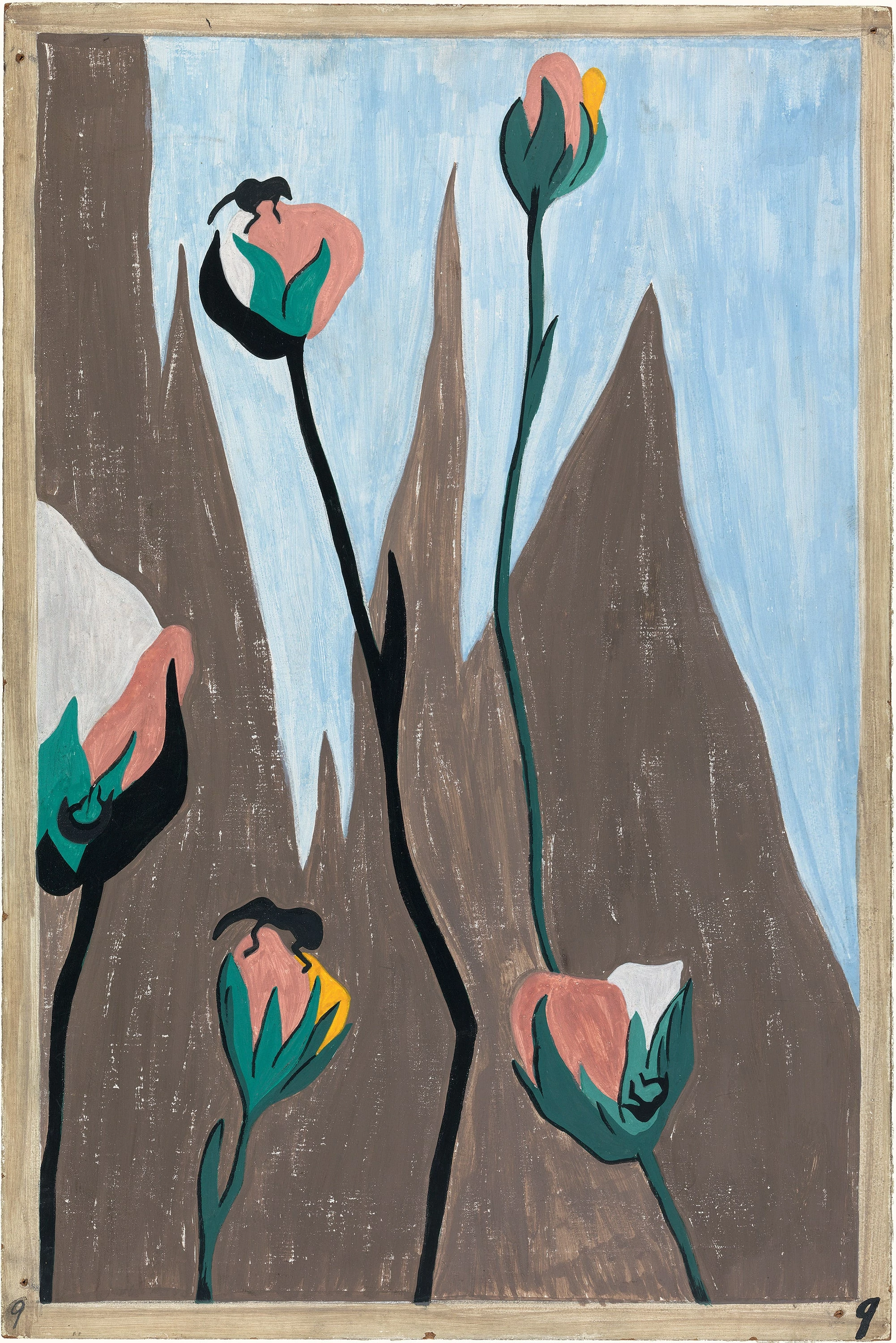
Migration Series No.9: They left because the boll weevil had ravaged the cotton crop Jacob Lawrence, 1940 – 1941
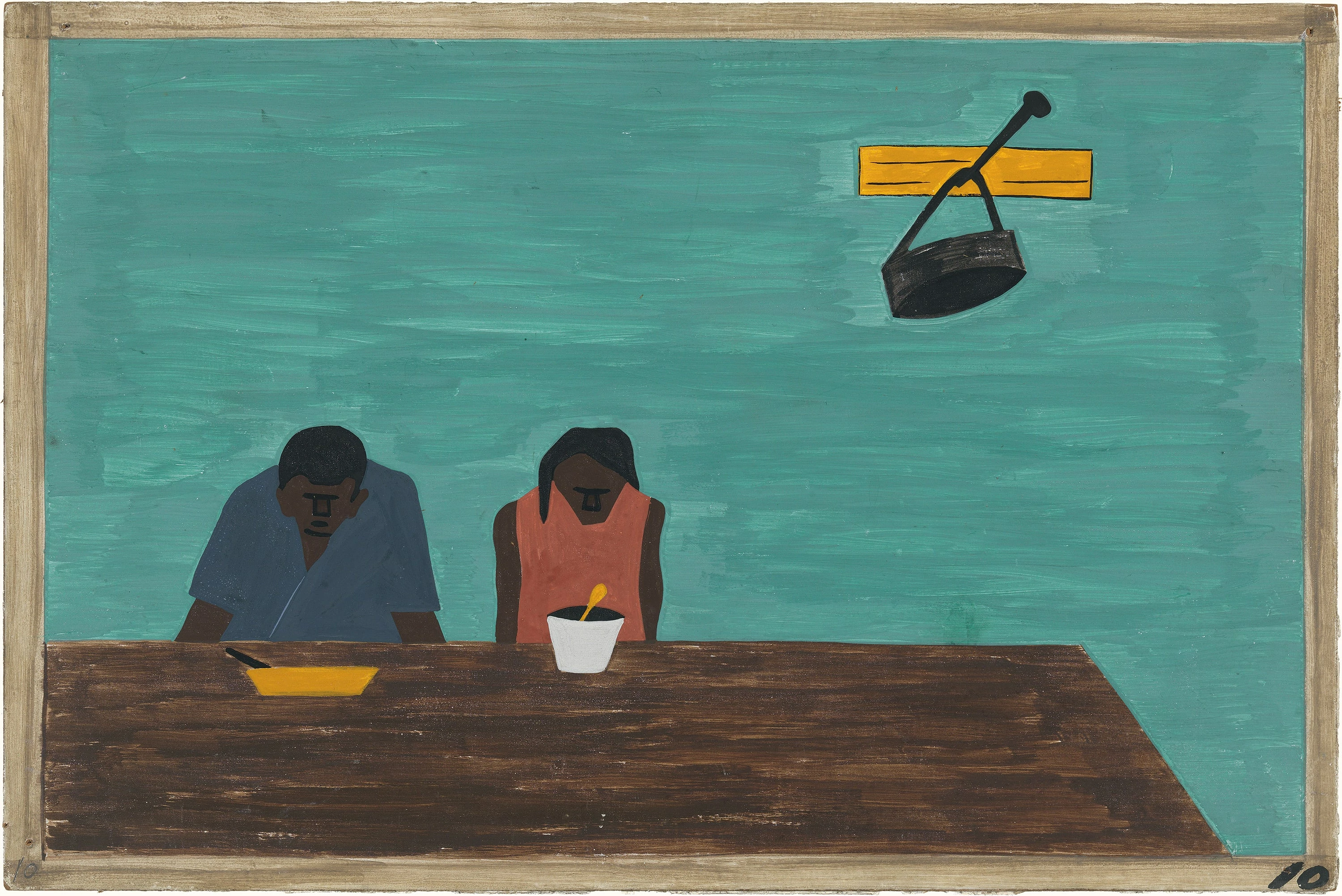
Migration Series No.10: They were very poor Jacob Lawrence, 1940 – 1941
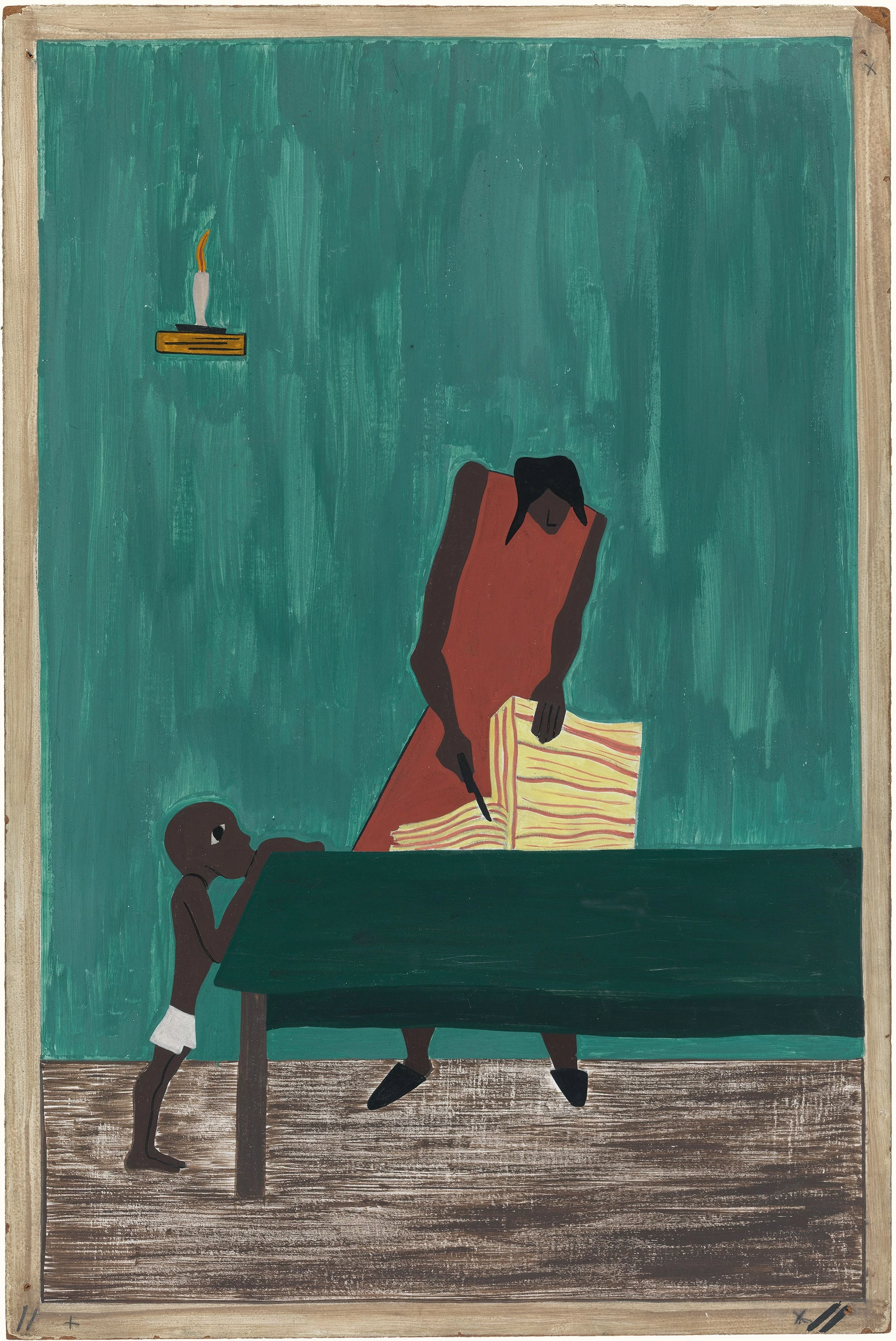
Migration Series No.11: Food had doubled in price because of the war Jacob Lawrence, 1940 – 1941
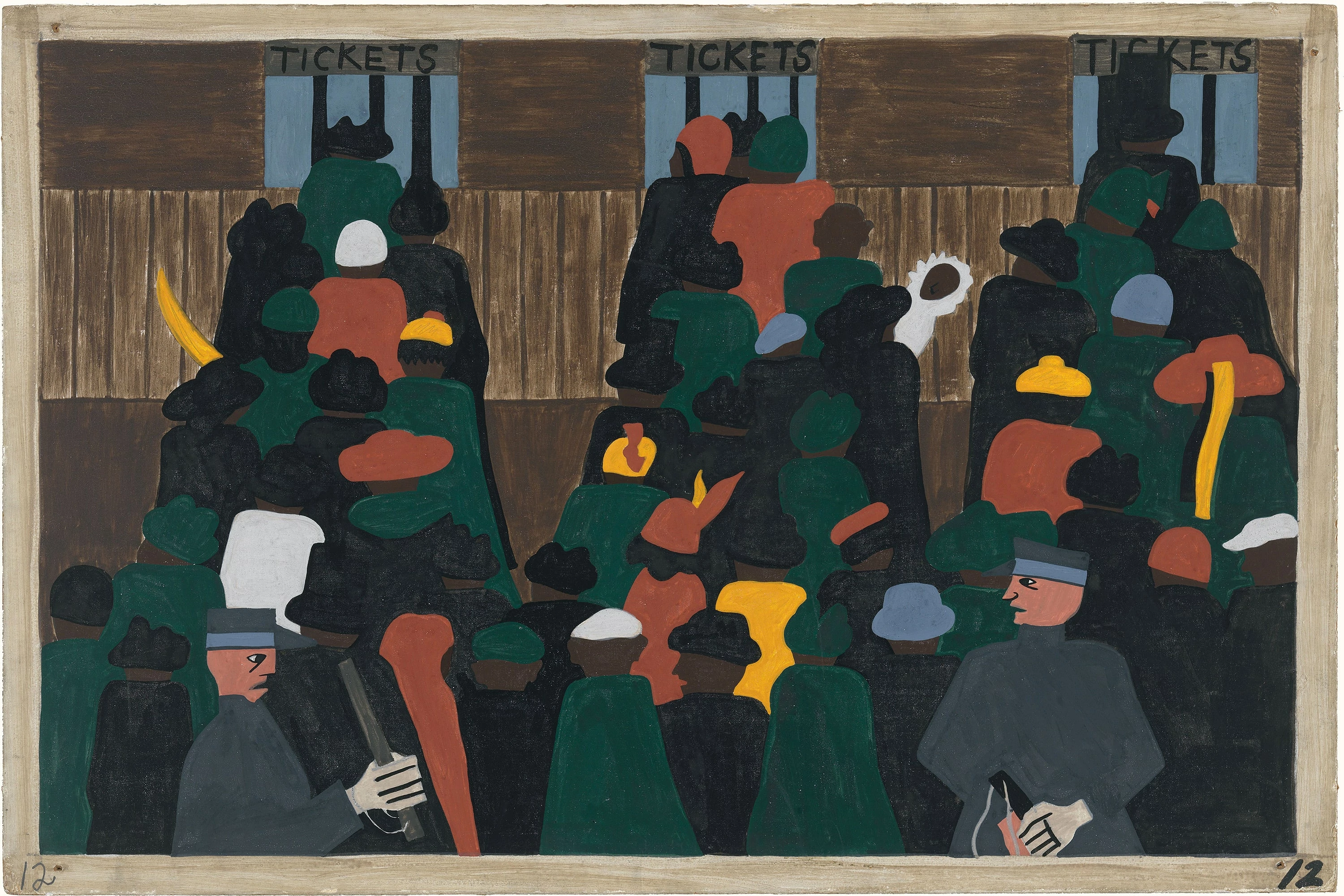
Migration Series No.12: The railroad stations were at times so crowded with people leaving that special guards had to be called to keep order Jacob Lawrence, 1940 – 1941
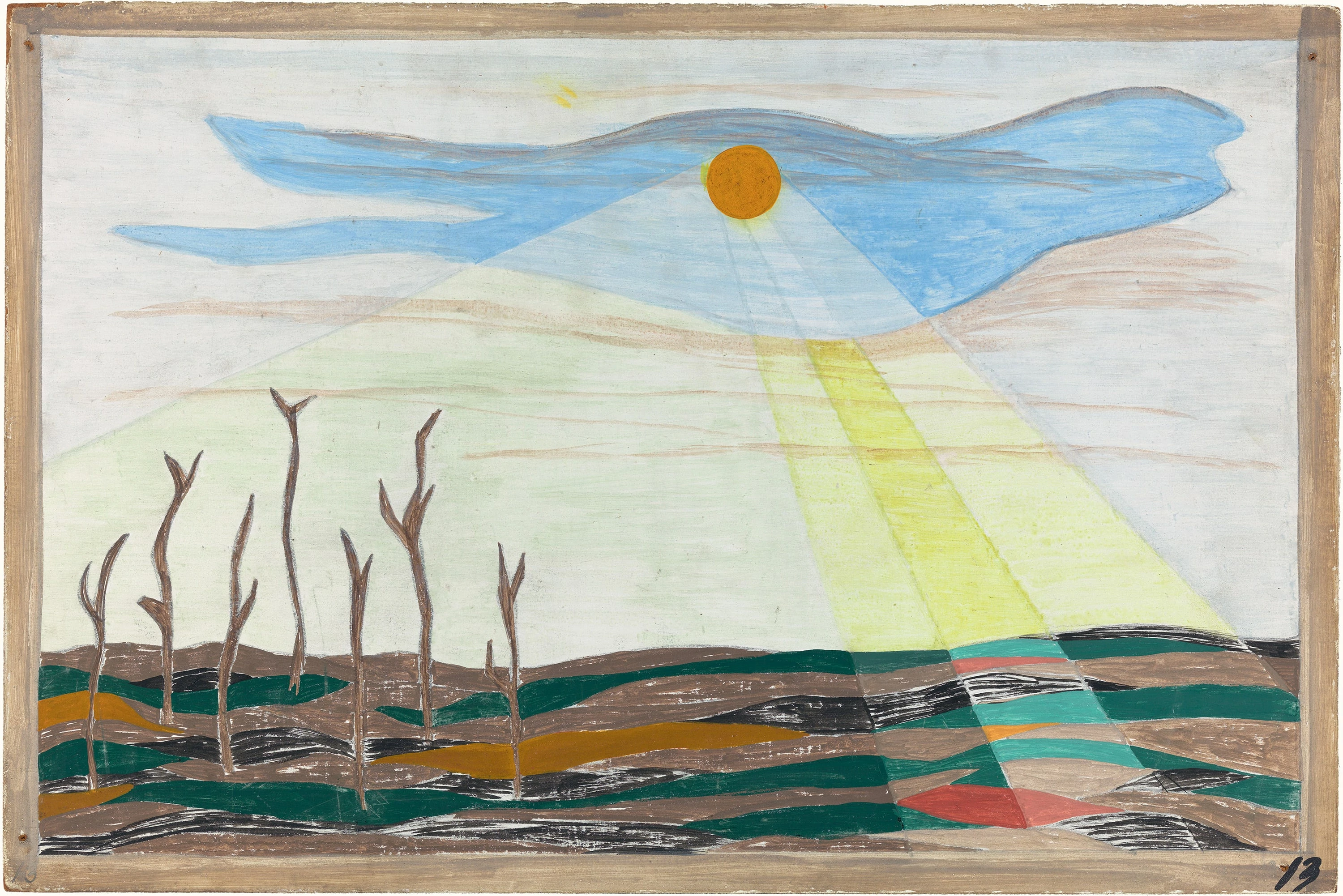
Migration Series No.13: The crops were left to dry and rot. There was no one to tend them Jacob Lawrence, 1940 – 1941
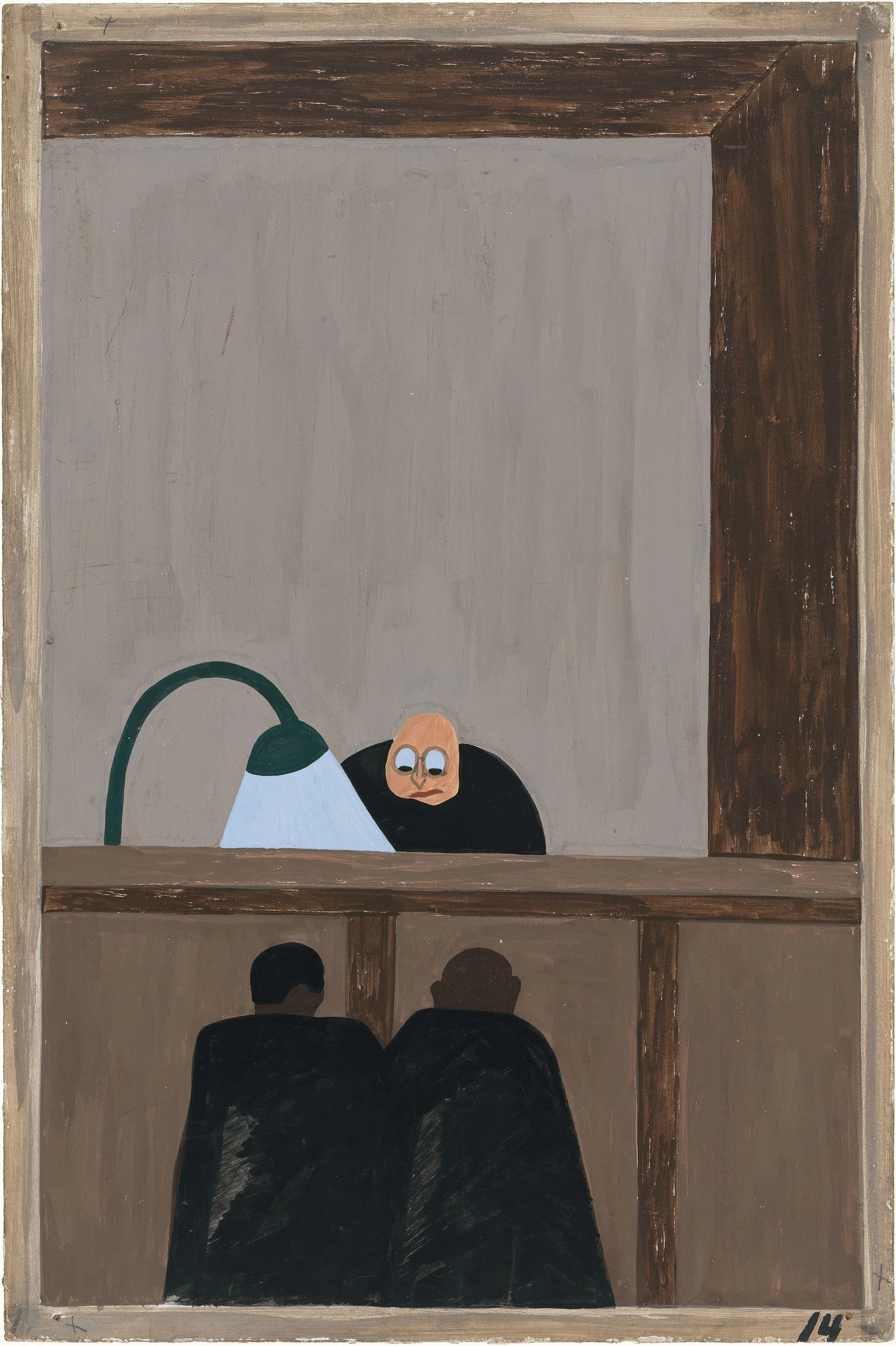
Migration Series No.14: For African Americans there was no justice in the southern courts Jacob Lawrence, 1940 – 1941
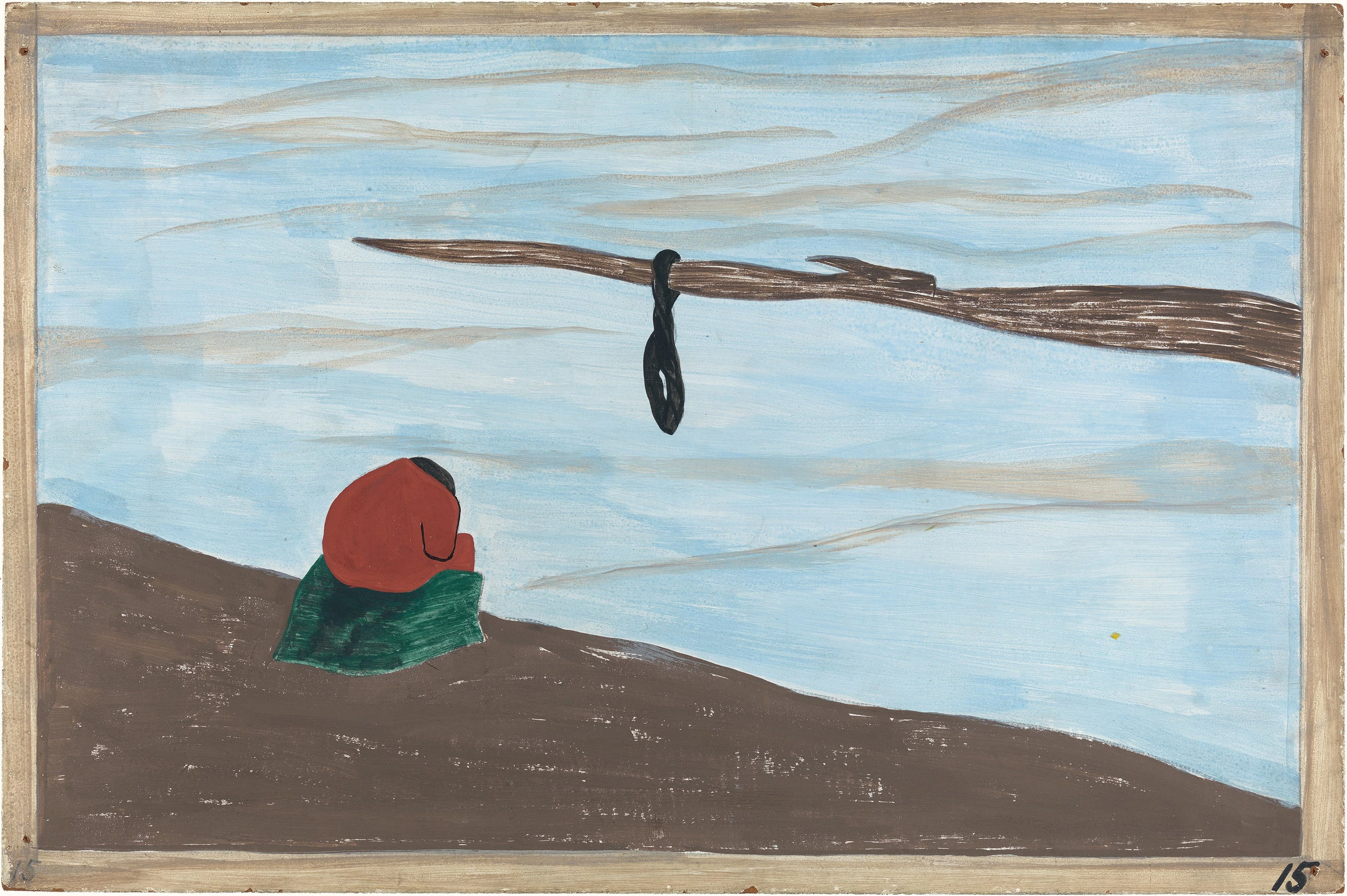
Migration Series No.15: There were lynchings Jacob Lawrence, 1940 – 1941
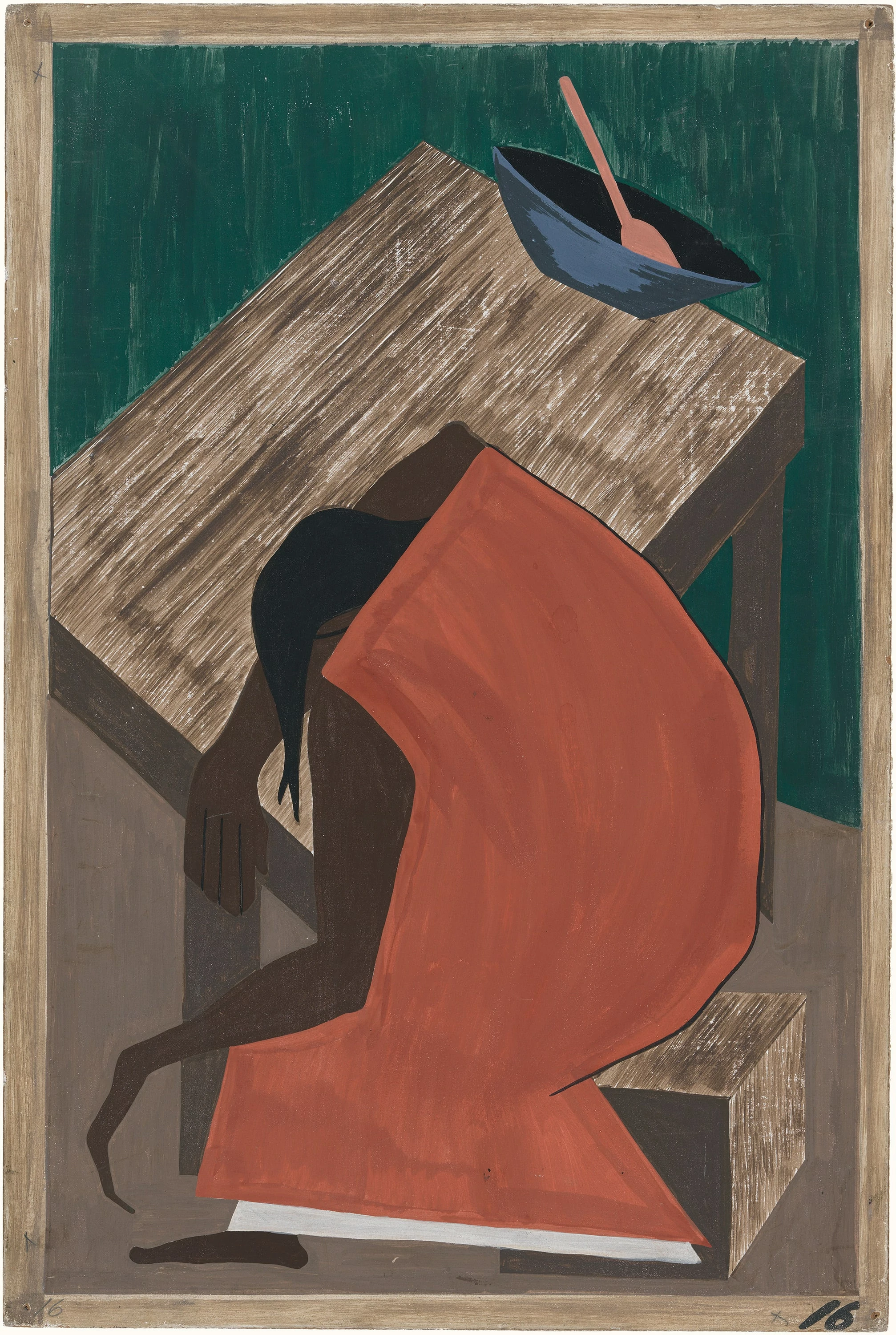
Migration Series No.16: After a lynching the migration quickened Jacob Lawrence, 1940 – 1941
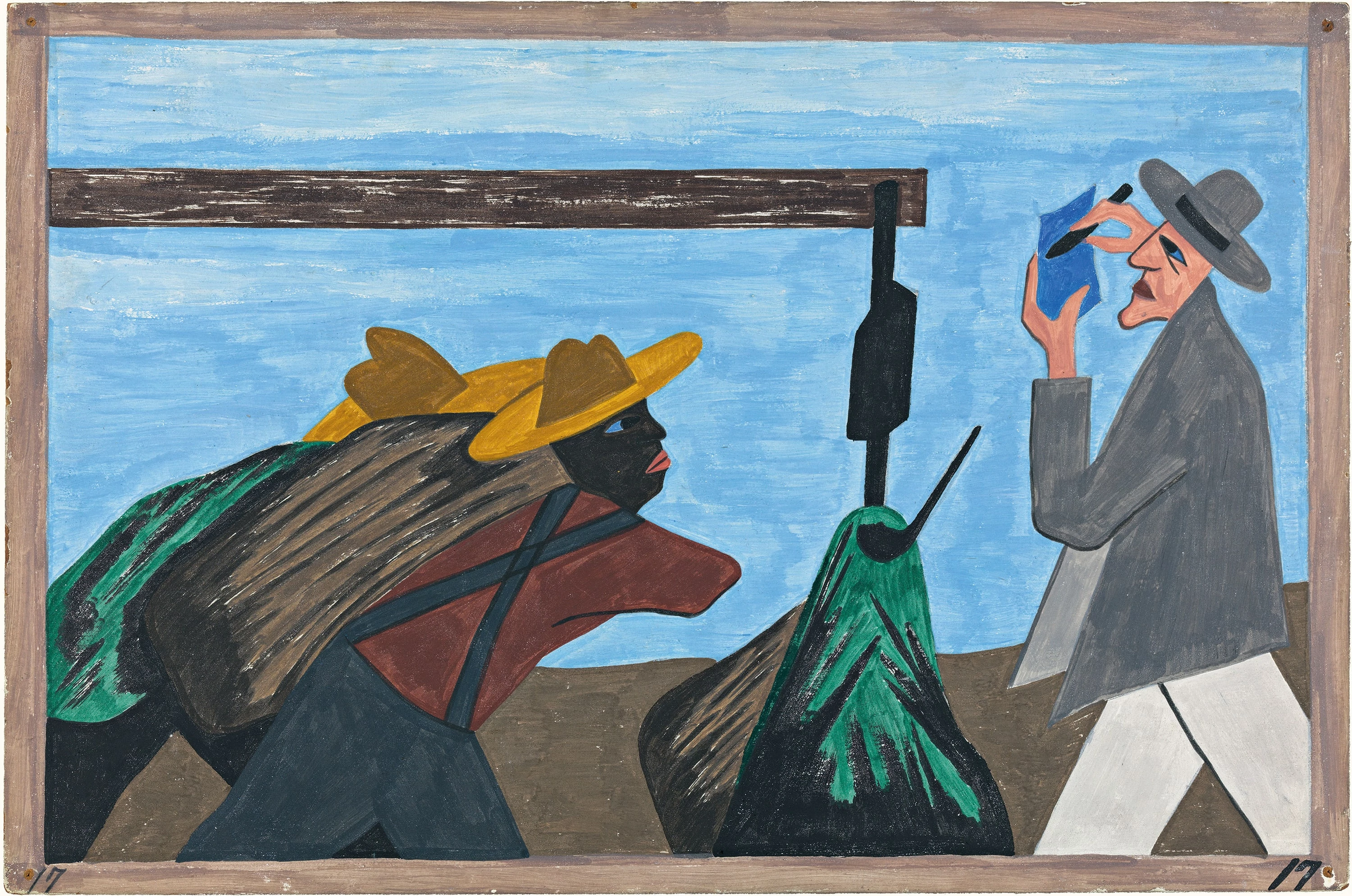
Migration Series No.17: Tenant farmers received harsh treatment at the hands of the planter Jacob Lawrence, 1940 – 1941
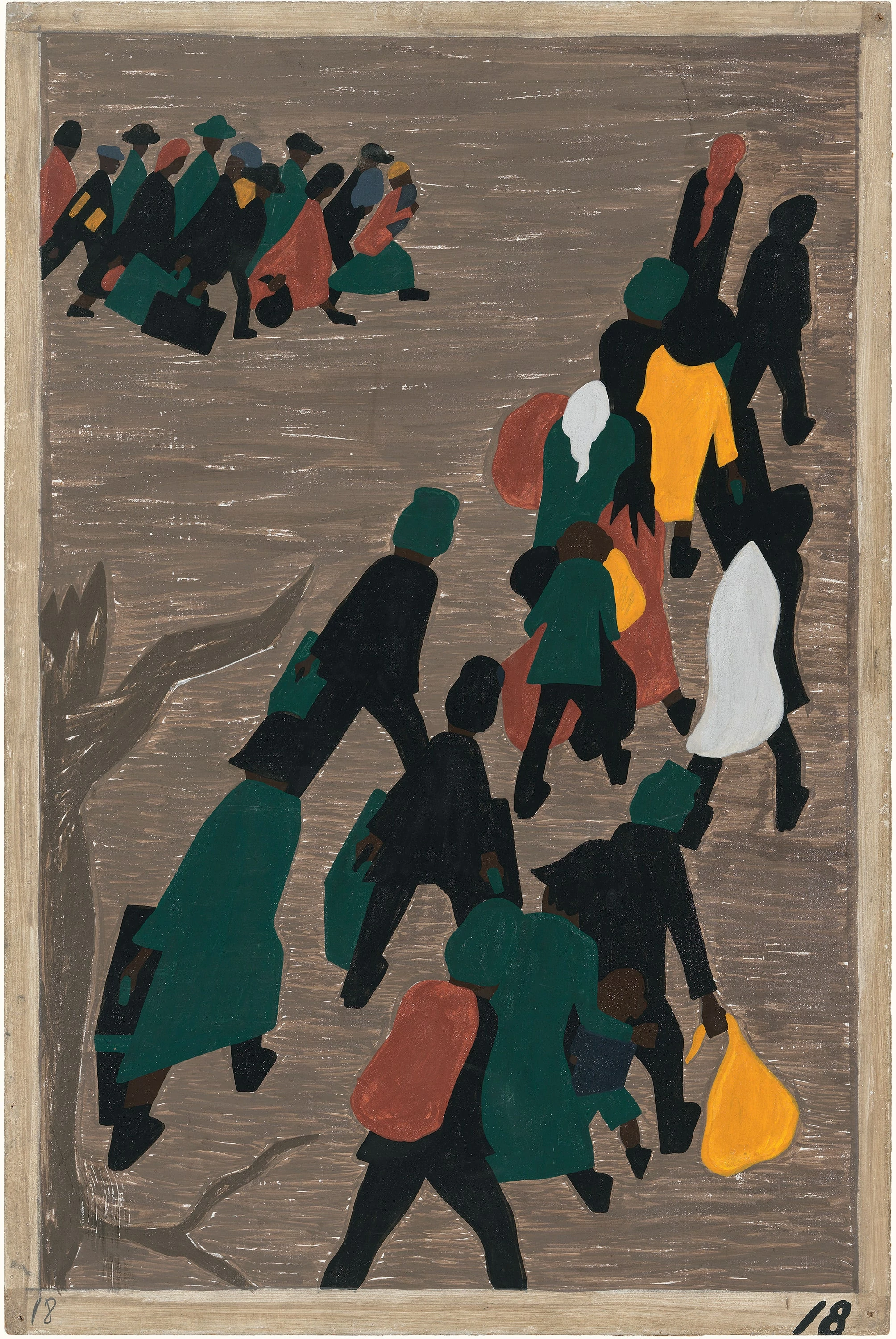
Migration Series No.18: The migration gained in momentum Jacob Lawrence, 1940 – 1941
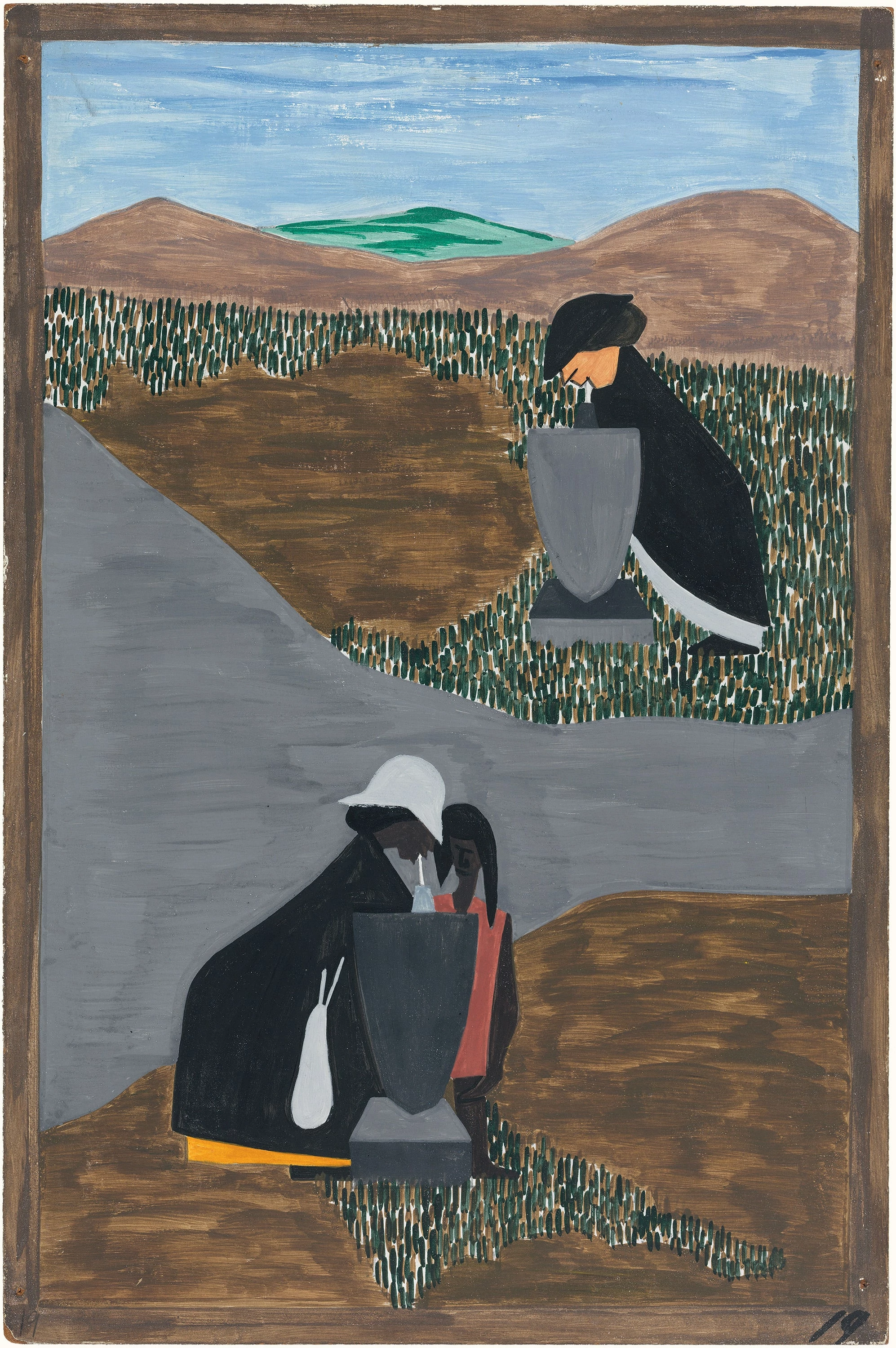
Migration Series No.19: There had always been discrimination Jacob Lawrence, 1940 – 1941
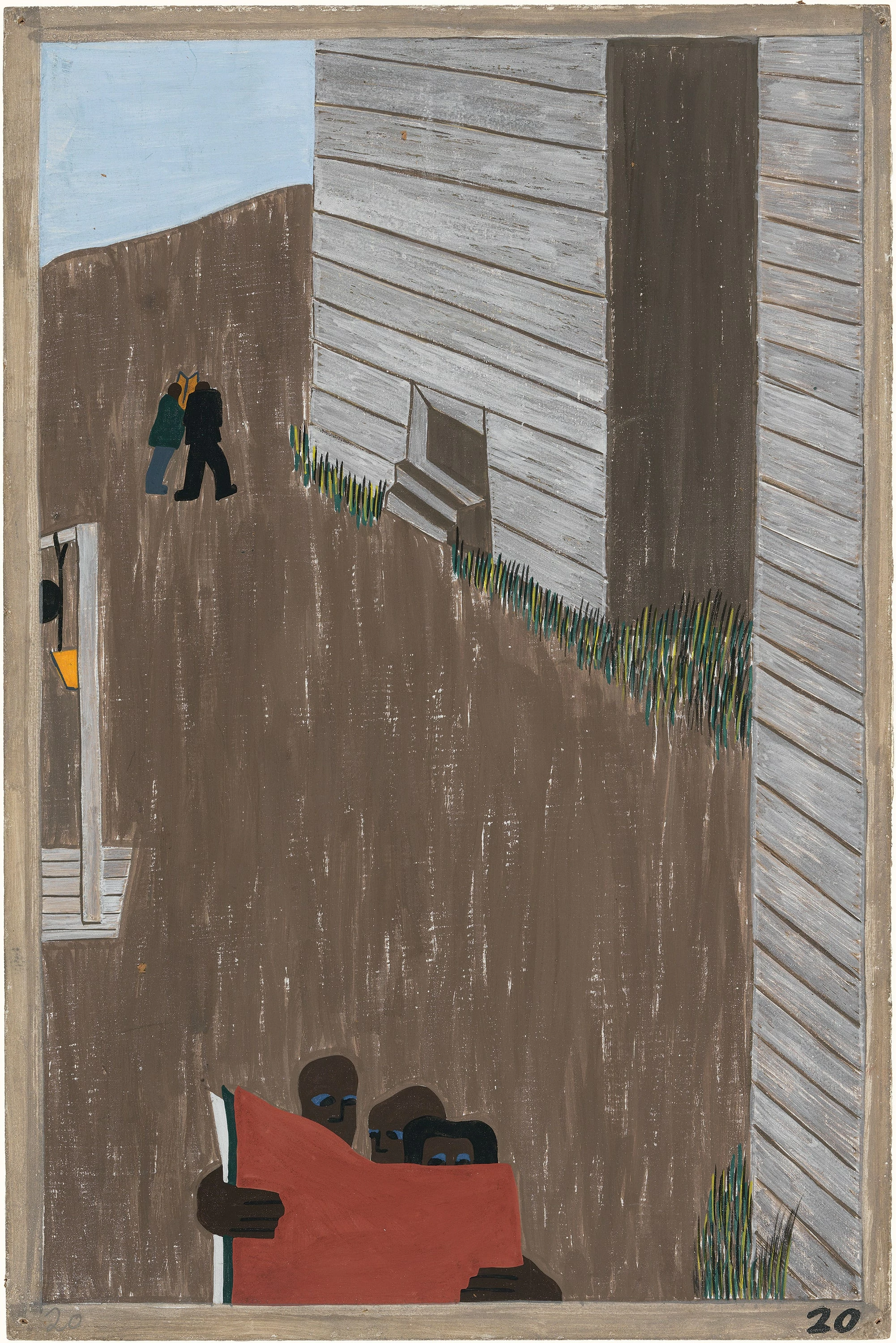
Migration Series No.20: In many of the communities the Black press was read with great interest. It encouraged the movement Jacob Lawrence, 1940 – 1941
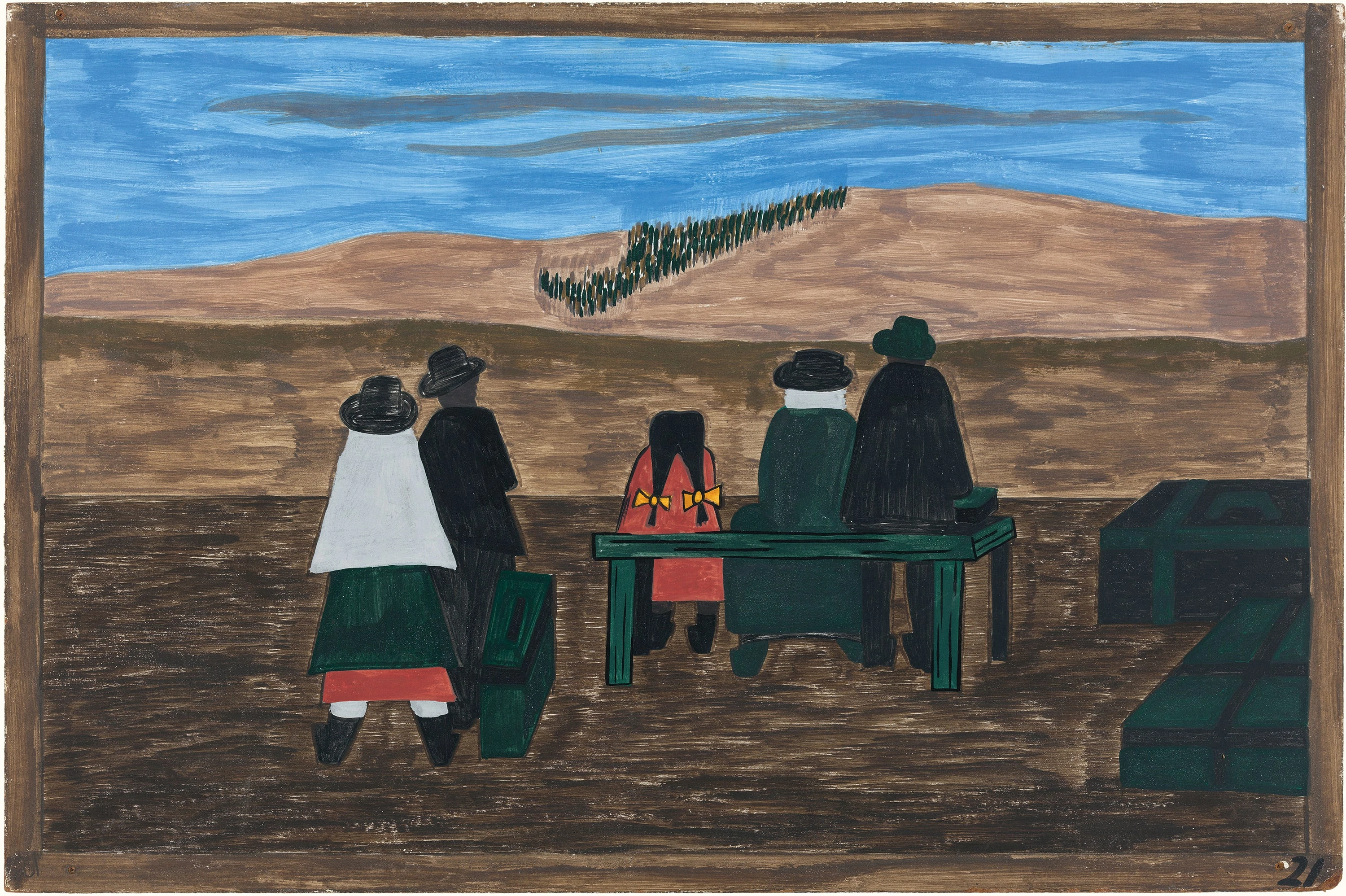
Migration Series No.21: Families arrived at the station very early. They did not wish to miss their trains north Jacob Lawrence, 1940 – 1941
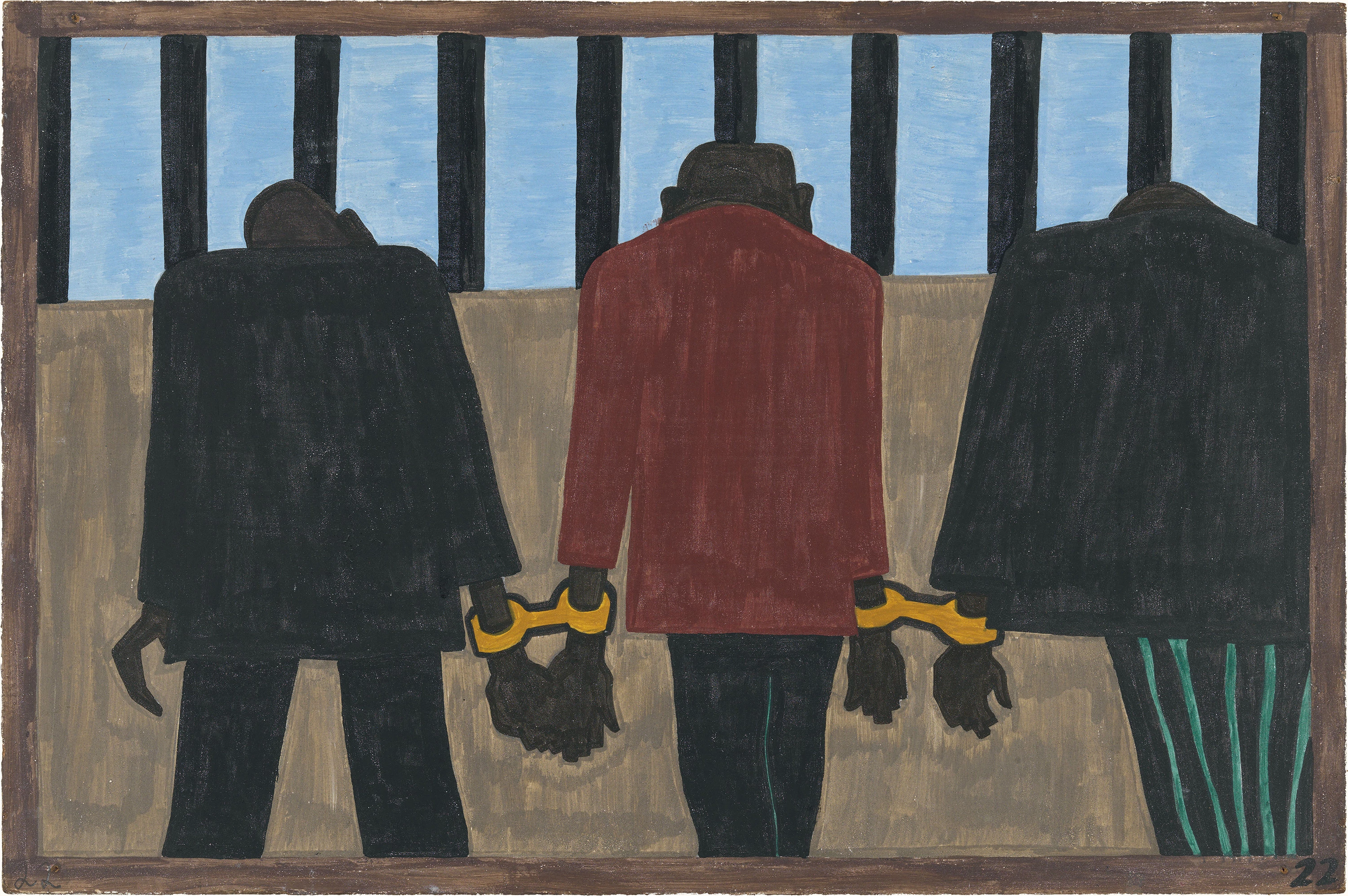
Migration Series No.22: Migrants left. They did not feel safe. It was not wise to be found on the streets late at night. They were arrested on the slightest provocation Jacob Lawrence, 1940 – 1941
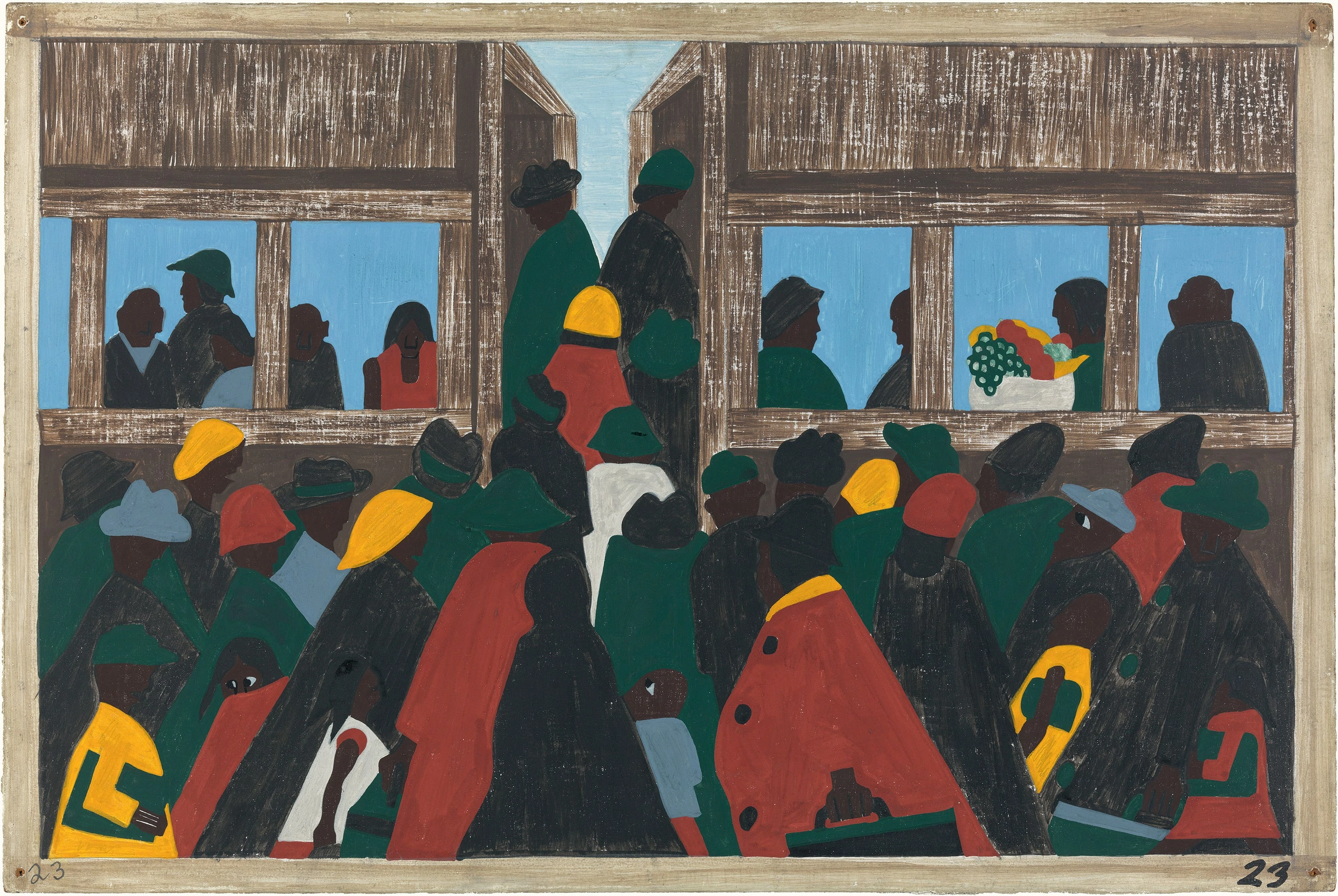
Migration Series No.23: The migration spread Jacob Lawrence, 1940 – 1941
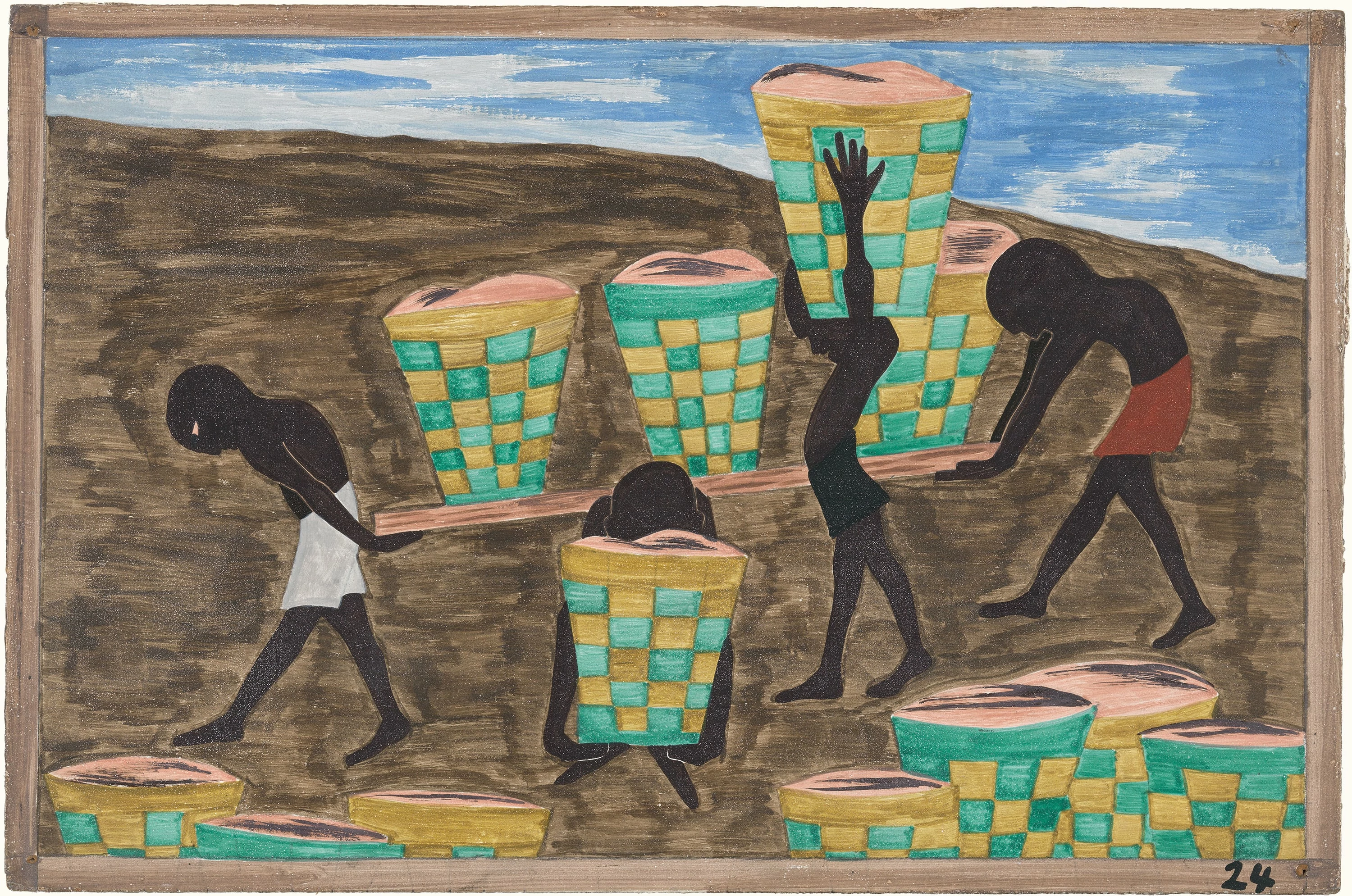
Migration Series No.24: Their children were forced to work in the fields. They could not go to school Jacob Lawrence, 1940 – 1941
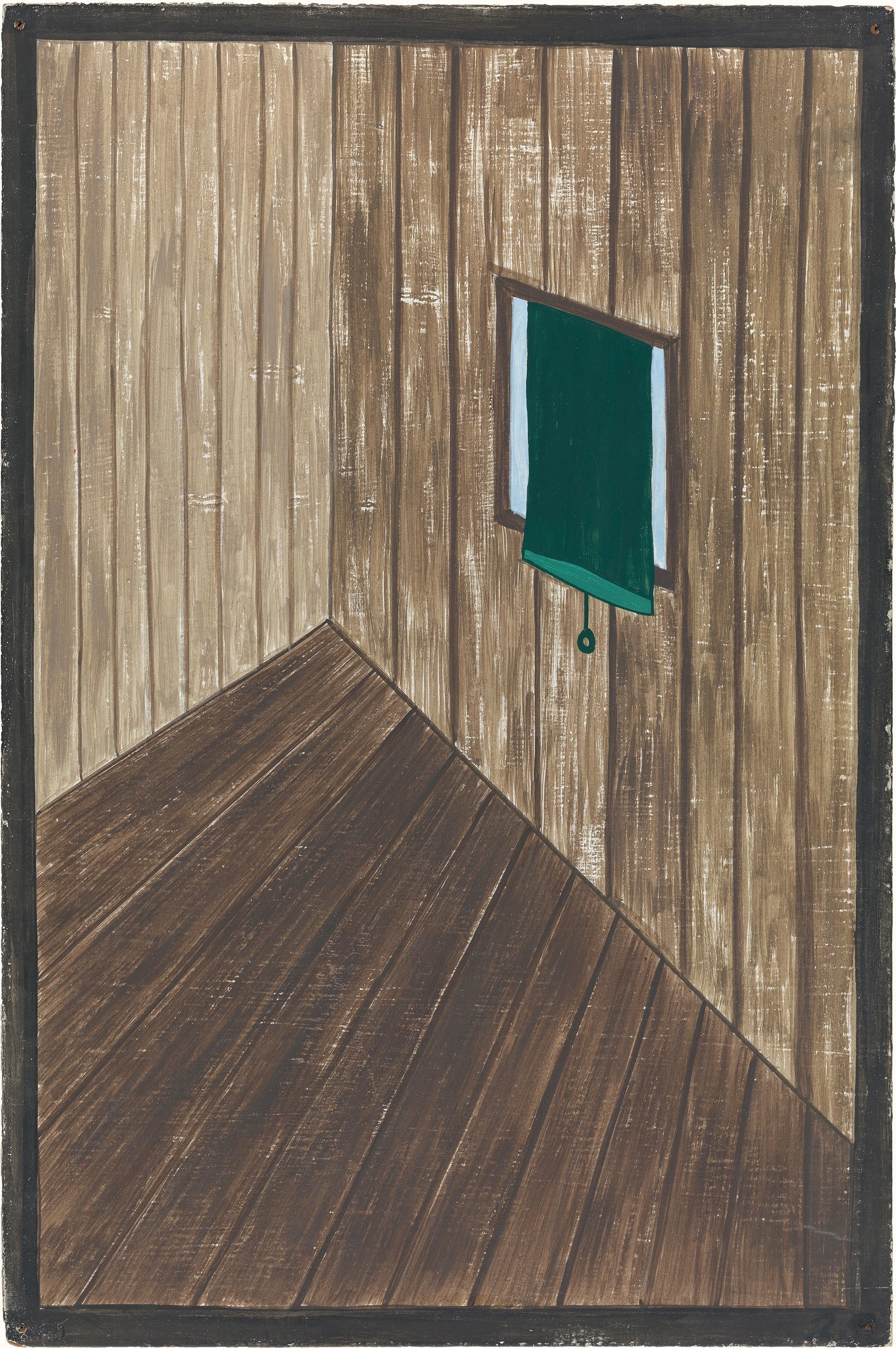
Migration Series No.25: They left their homes. Soon some communities were left almost empty Jacob Lawrence, 1940 – 1941
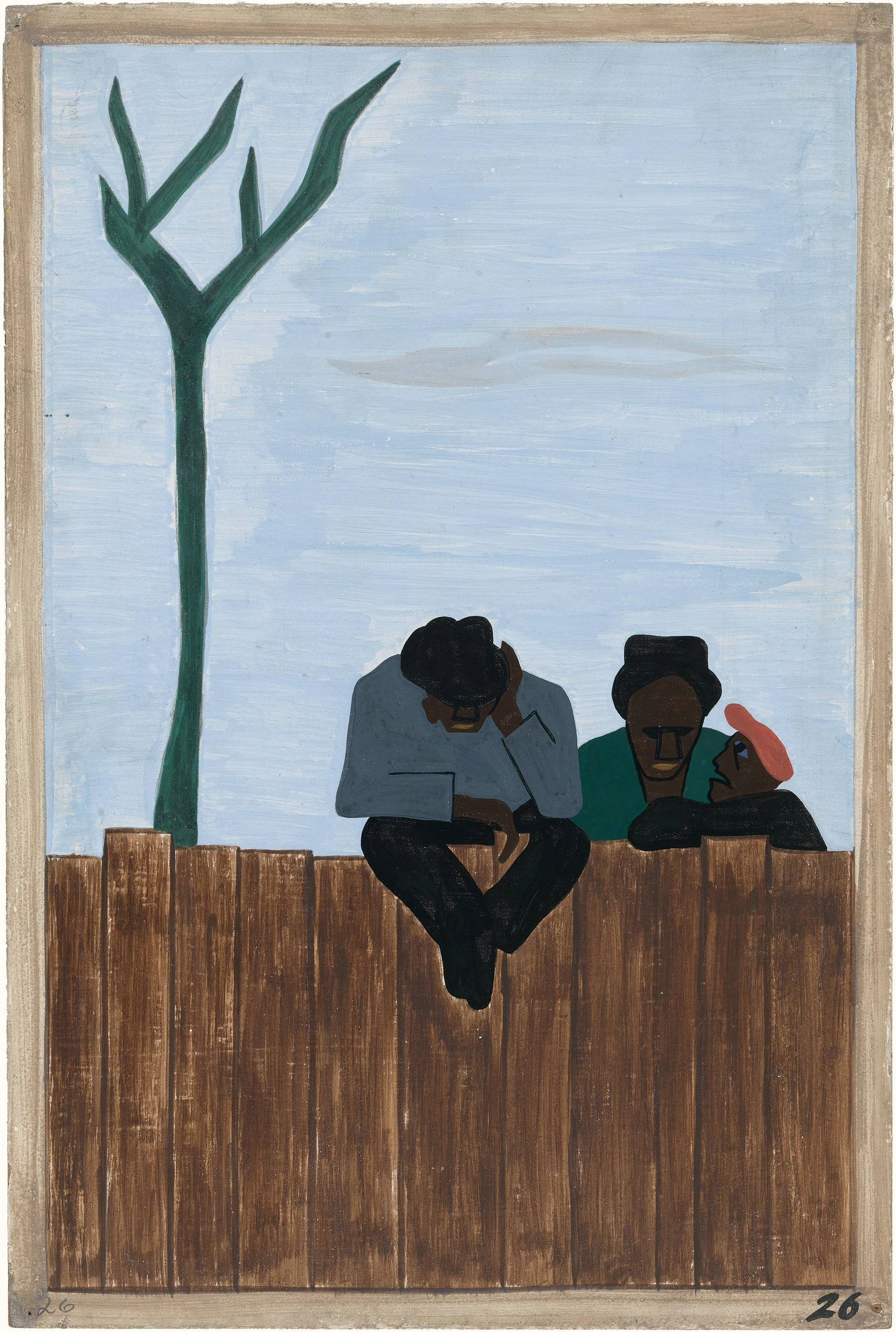
Migration Series No.26: And people all over the South continued to discuss this great movement Jacob Lawrence, 1940 – 1941
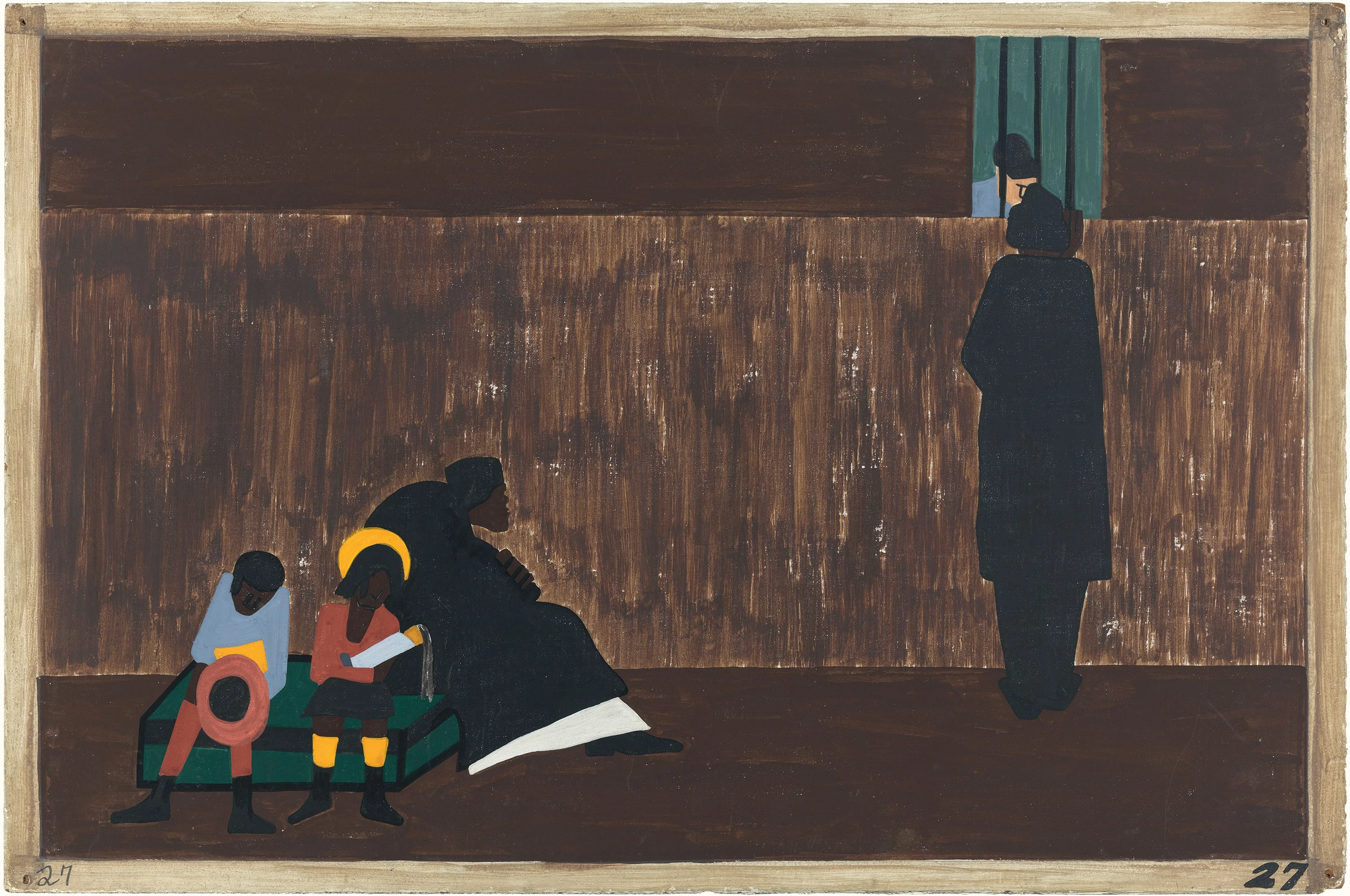
Migration Series No.27: Many men stayed behind until they could take their families north with them Jacob Lawrence, 1940 – 1941
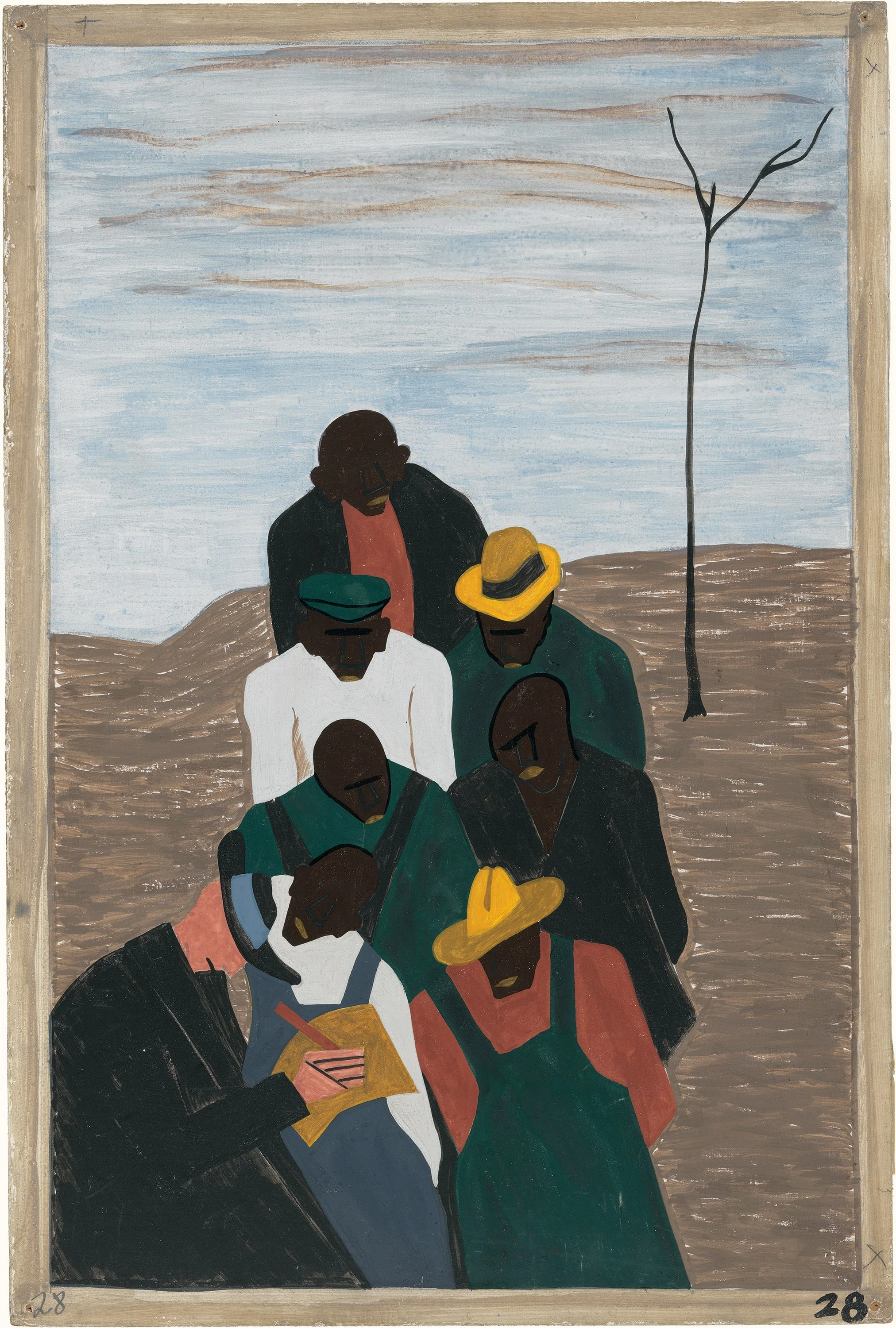
Migration Series No.28: The labor agent sent south by northern industry was a familiar presence in the Black communities Jacob Lawrence, 1940 – 1941
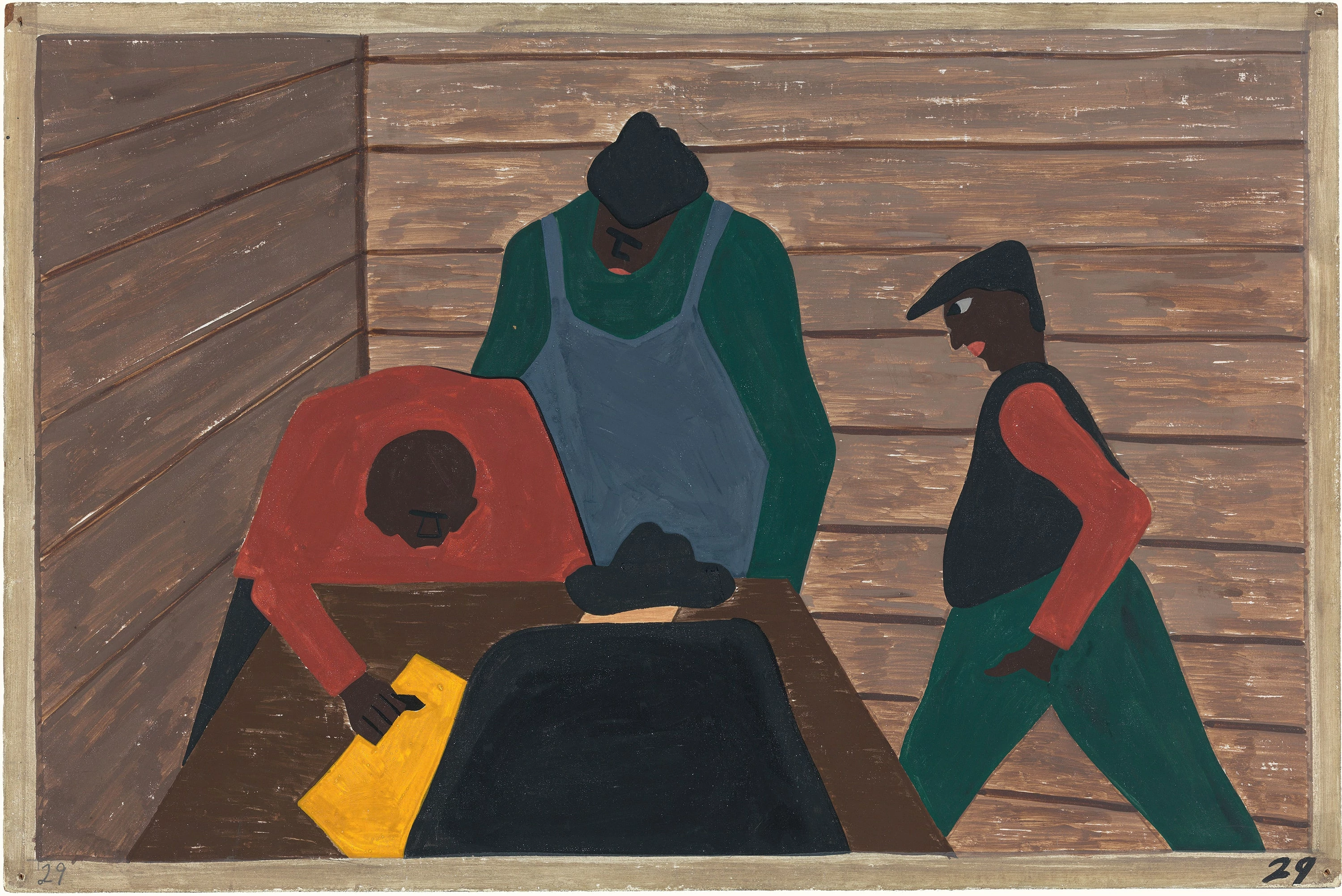
Migration Series No.29: The labor agent recruited unsuspecting laborers as strike breakers for northern industries Jacob Lawrence, 1940 – 1941
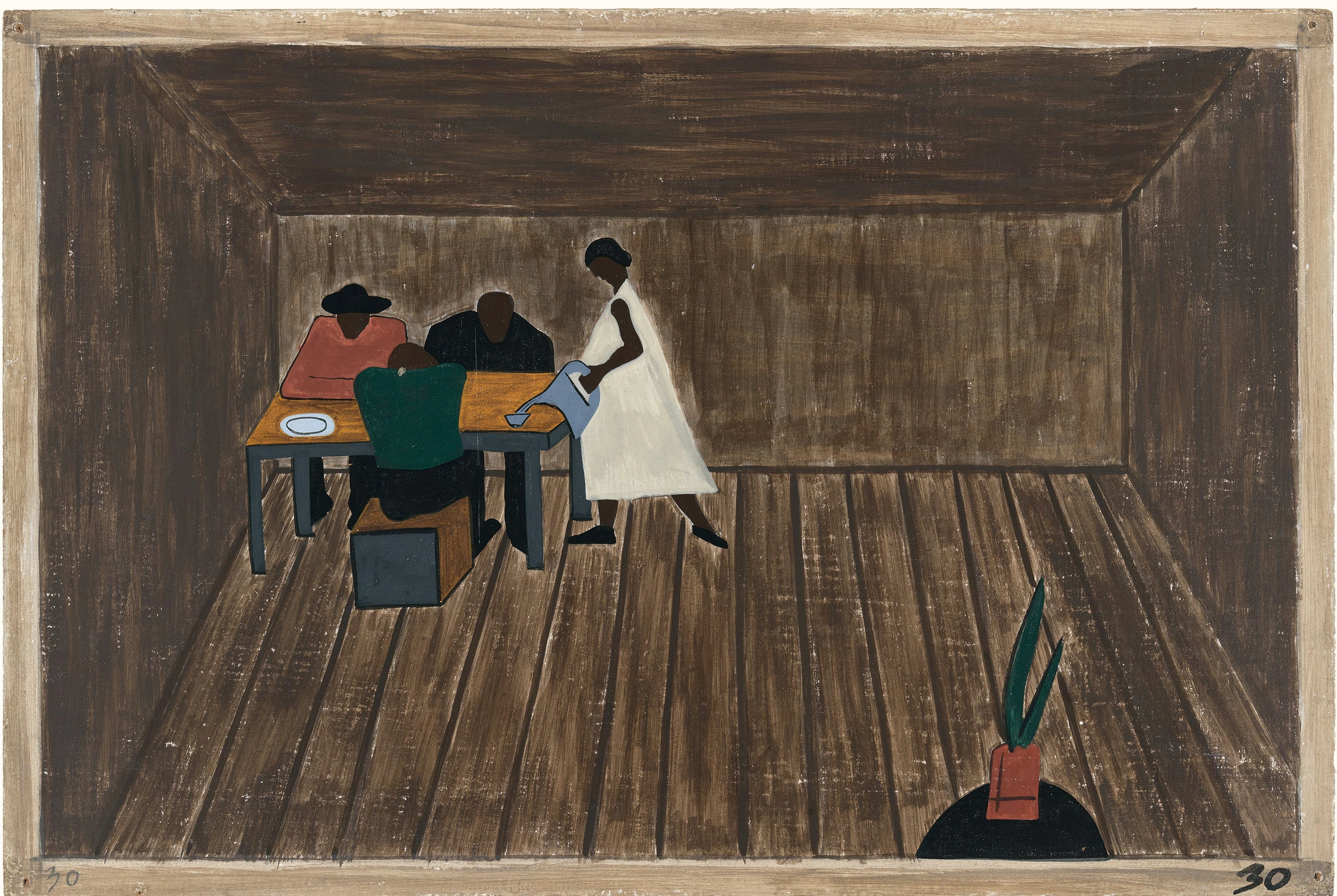
Migration Series No.30: In every southern home people met to decide whether or not to go north Jacob Lawrence, 1940 – 1941
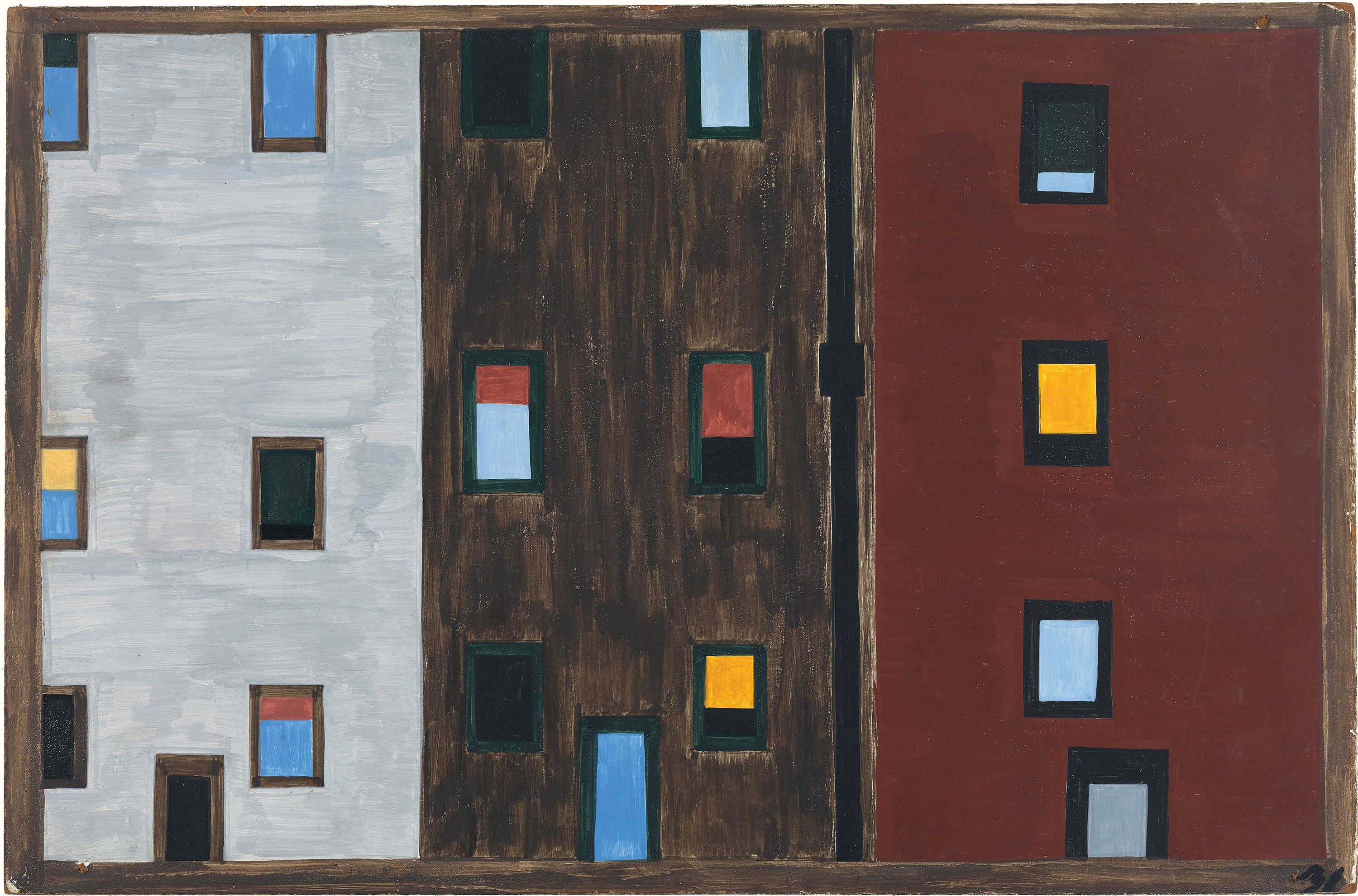
Migration Series No.31: The migrants found improved housing when they arrived north Jacob Lawrence, 1940 – 1941
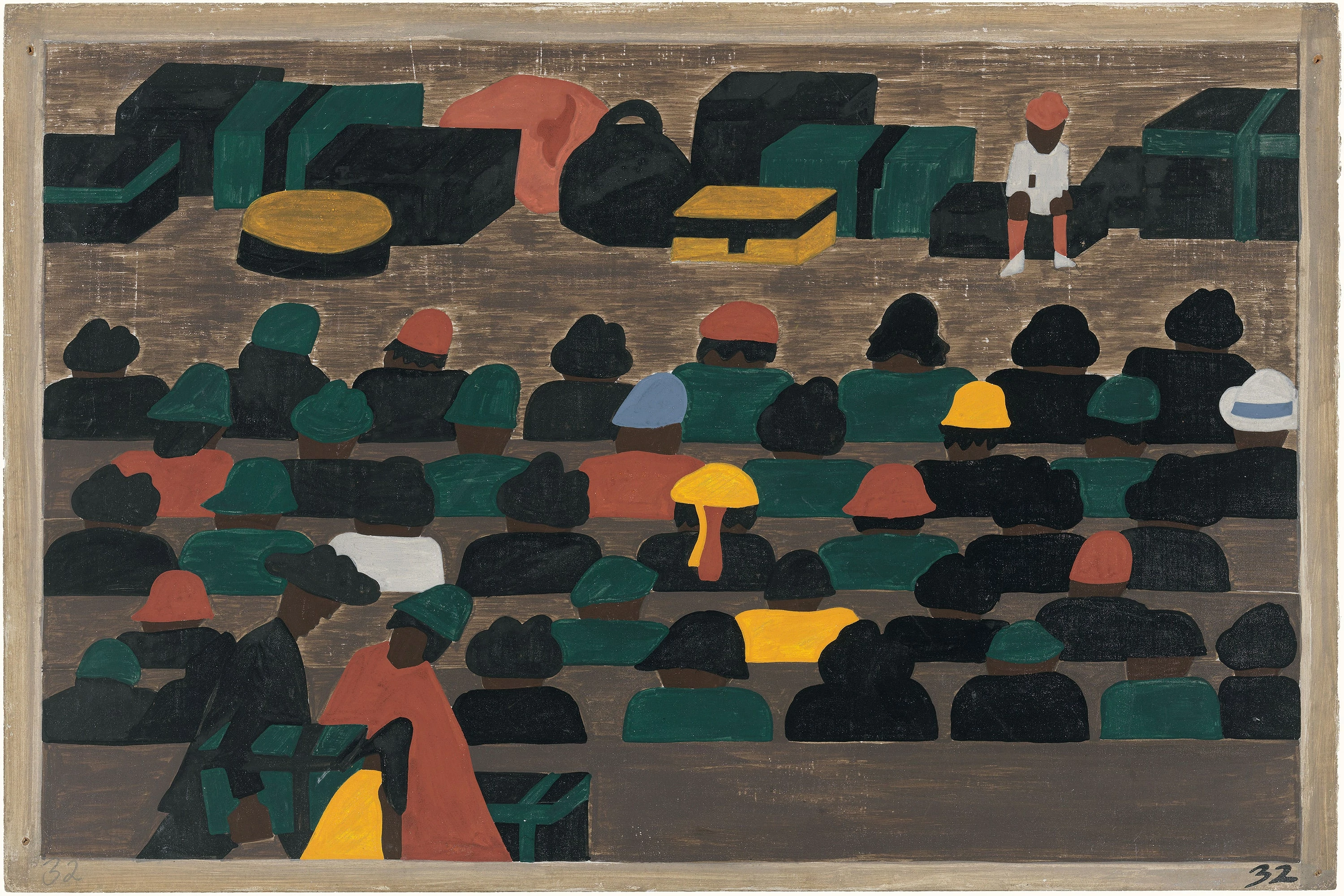
Migration Series No.32: The railroad stations in the South were crowded with northbound travelers Jacob Lawrence, 1940 – 1941
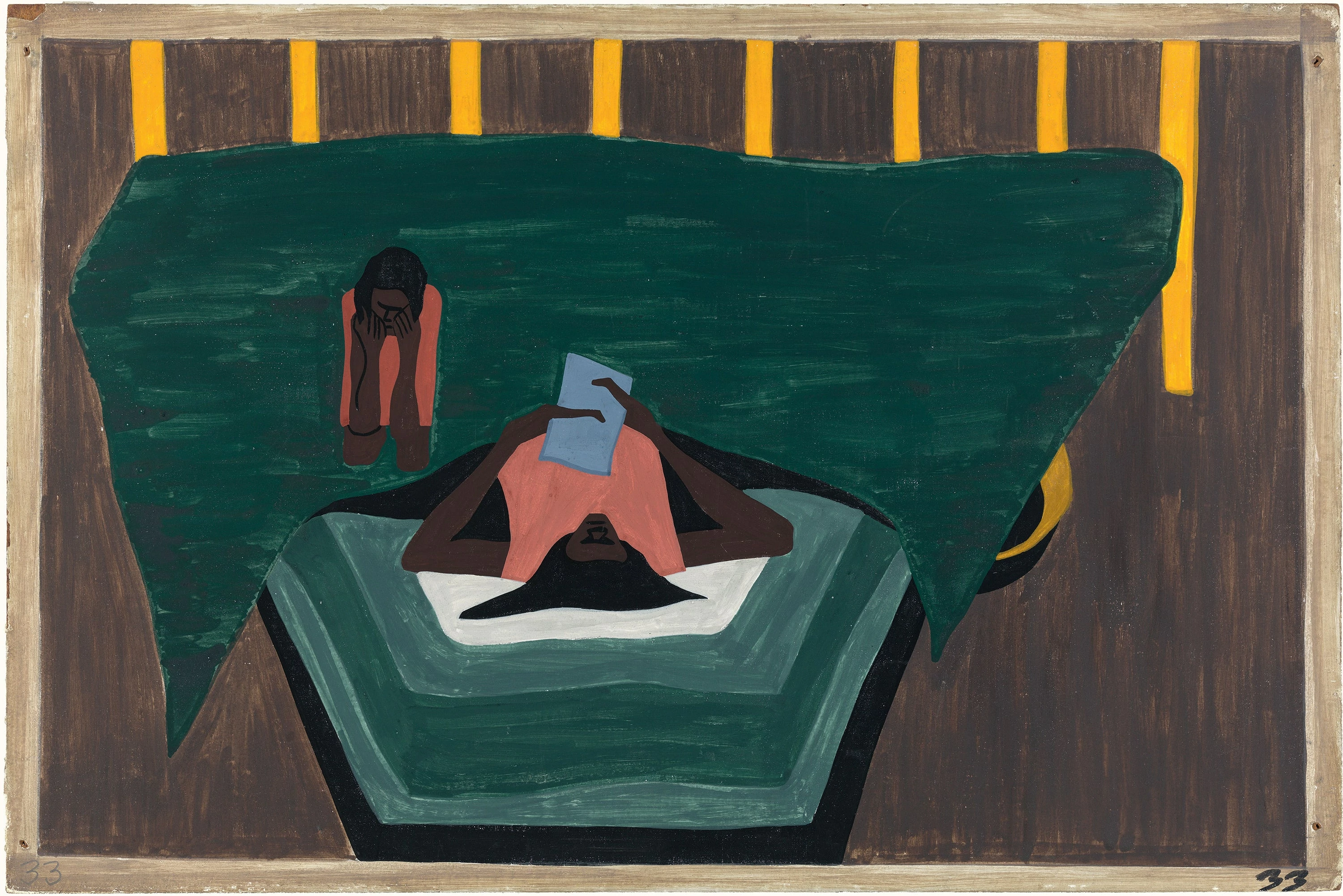
Migration Series No.33: Letters from relatives in the North told of the better life there Jacob Lawrence, 1940 – 1941
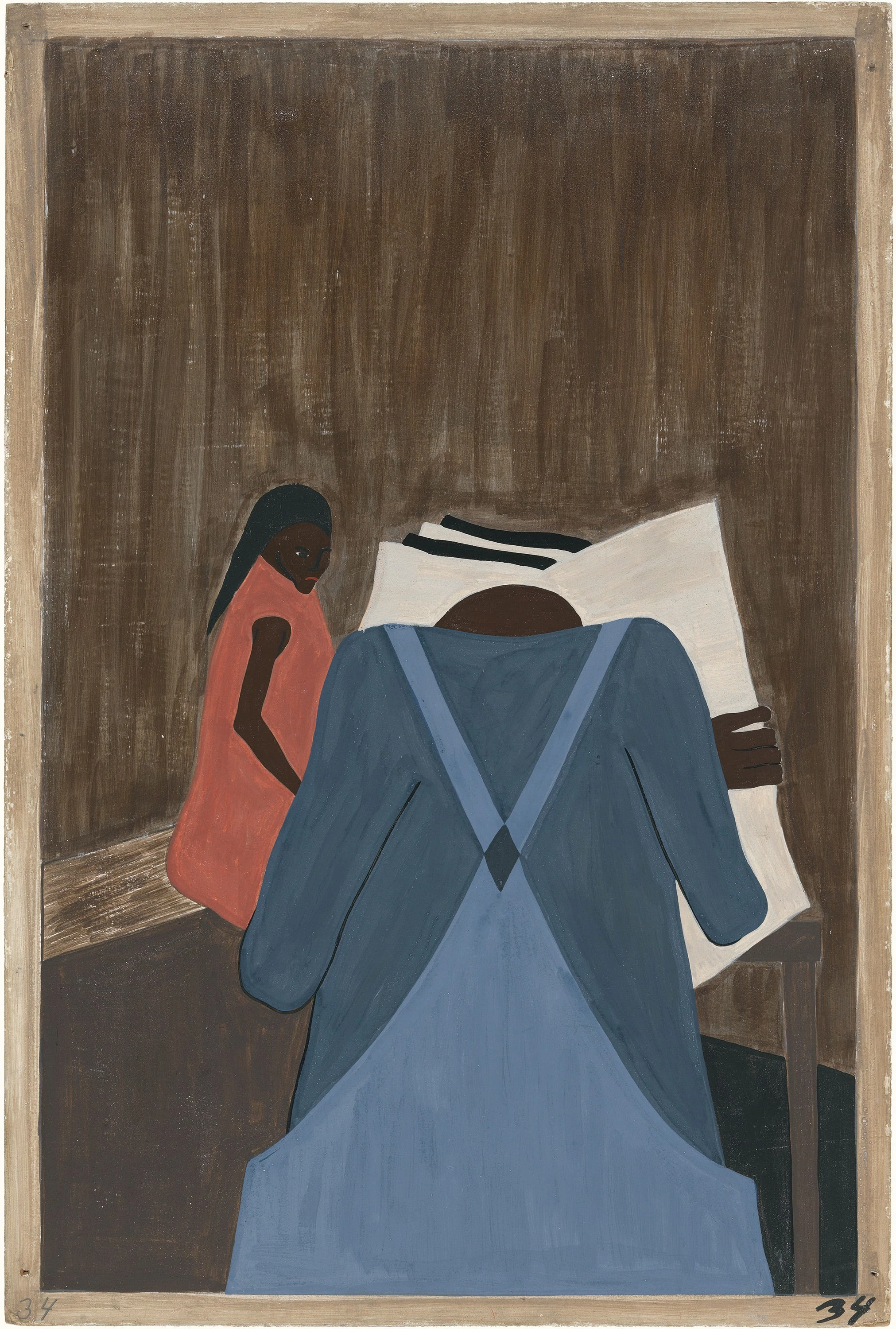
Migration Series No.34: The Black press urged the people to leave the South Jacob Lawrence, 1940 – 1941
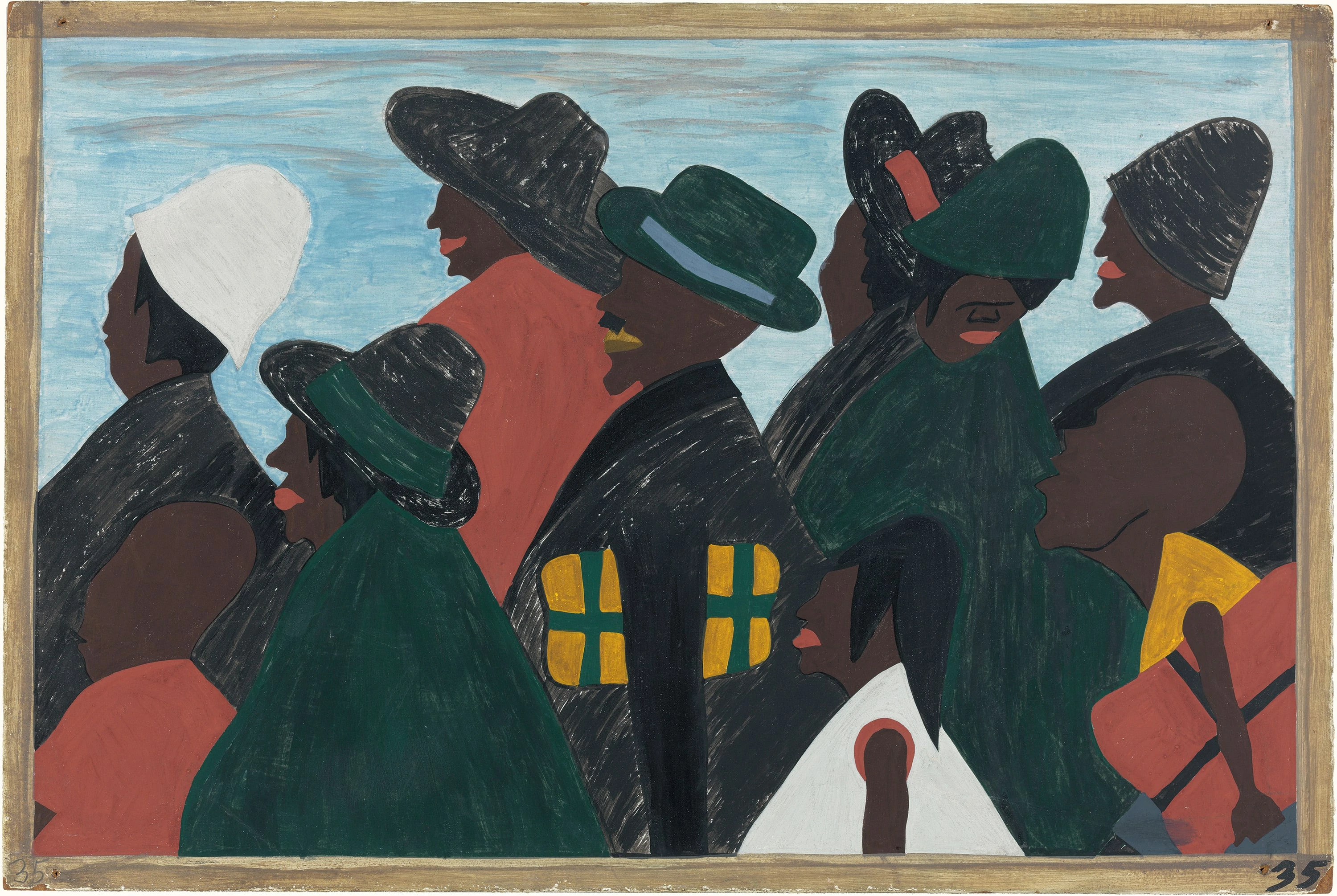
Migration Series No.35: They left the South in great numbers. They arrived in the North in great numbers Jacob Lawrence, 1940 – 1941
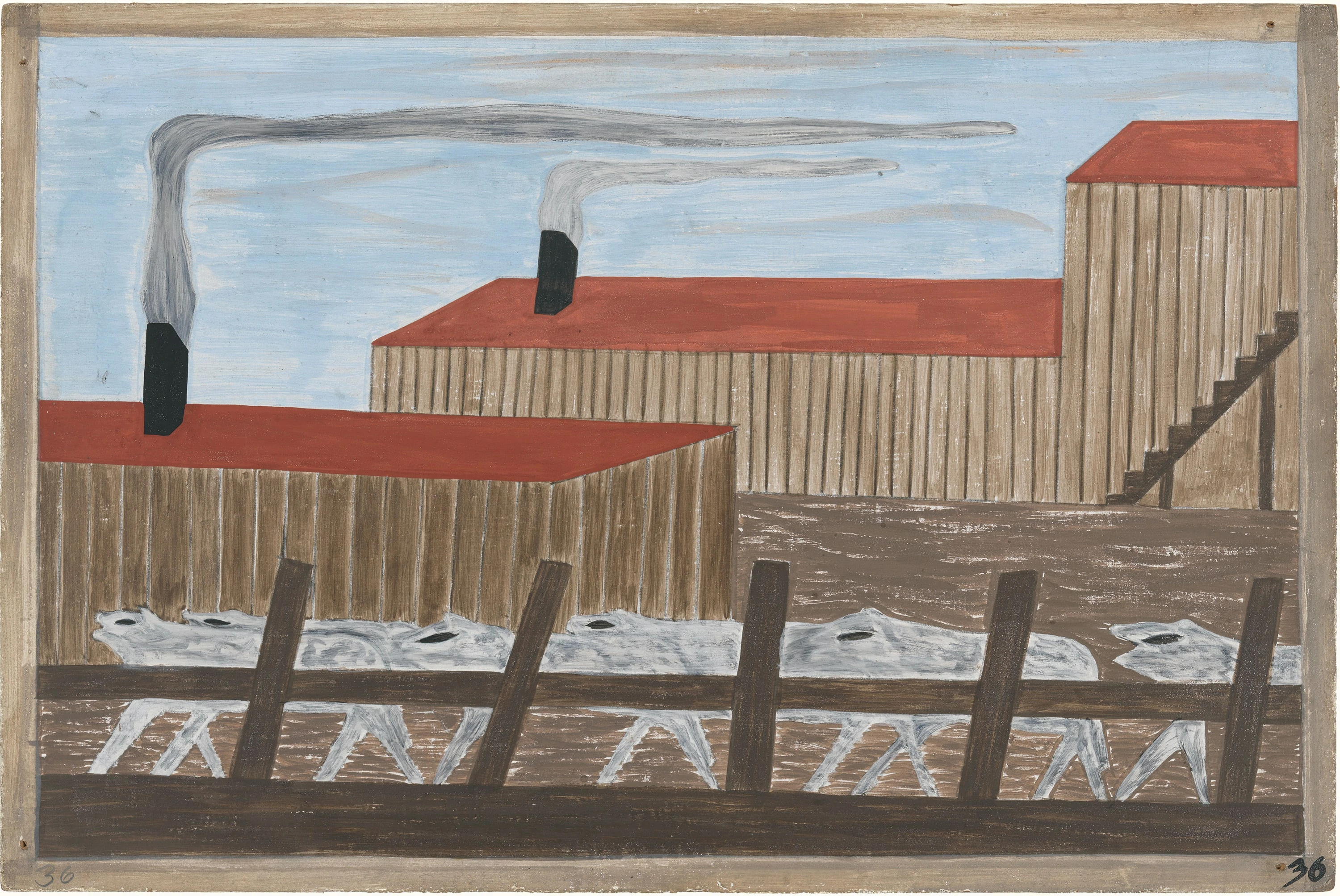
Migration Series No.36: Migrants arrived in Chicago, the gateway to the West Jacob Lawrence, 1940 – 1941
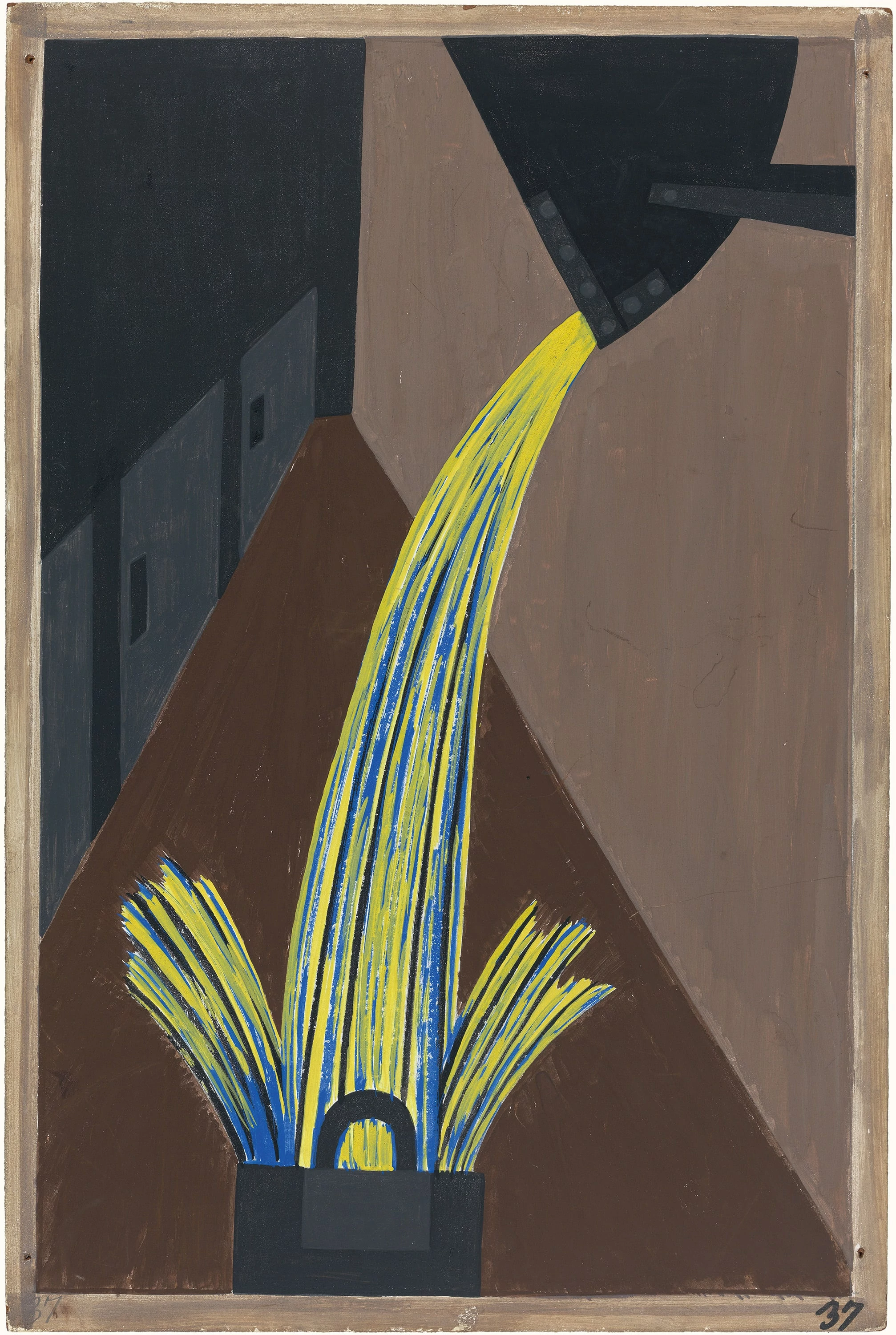
Migration Series No.37: Many migrants found work in the steel industry Jacob Lawrence, 1940 – 1941
Next Century